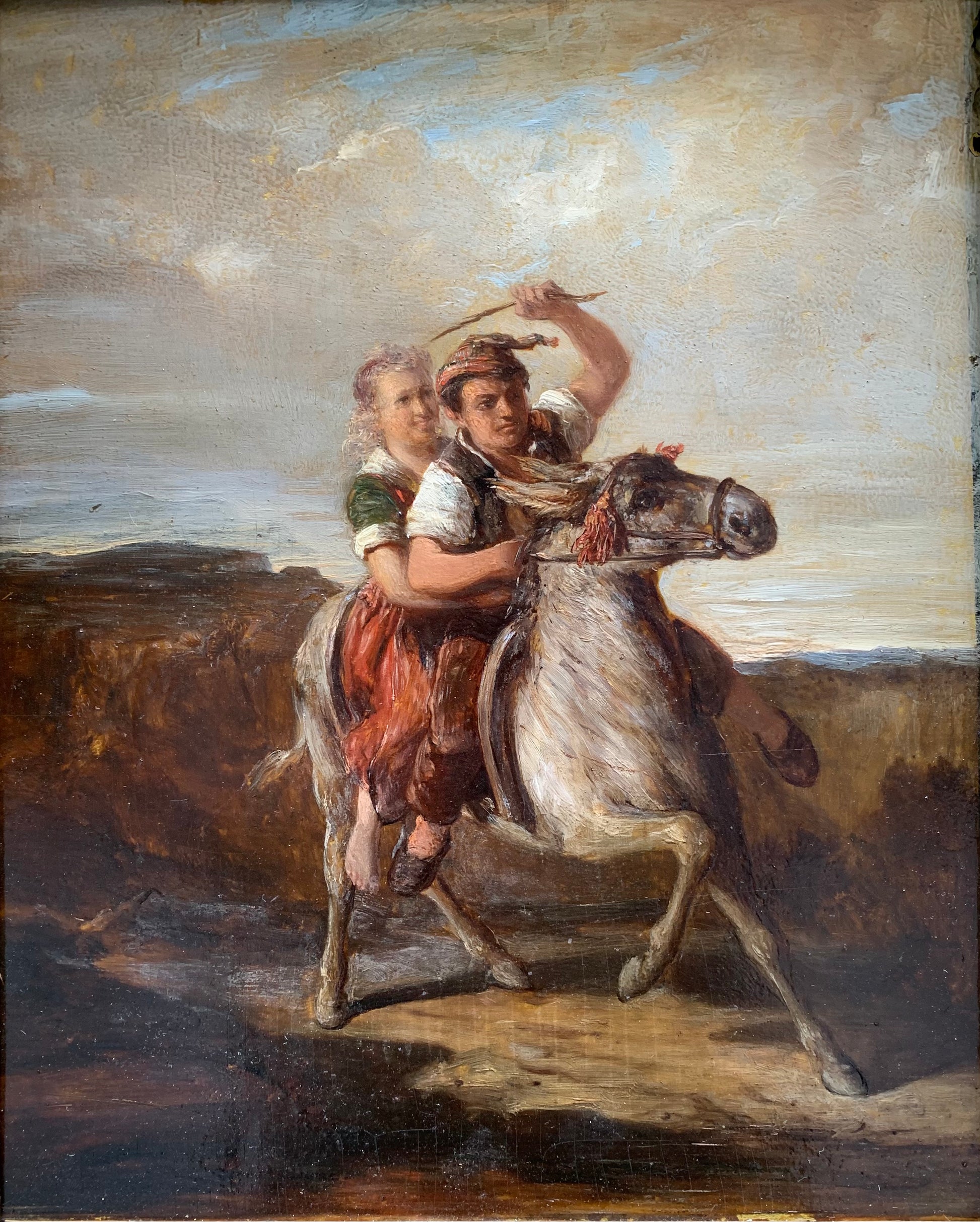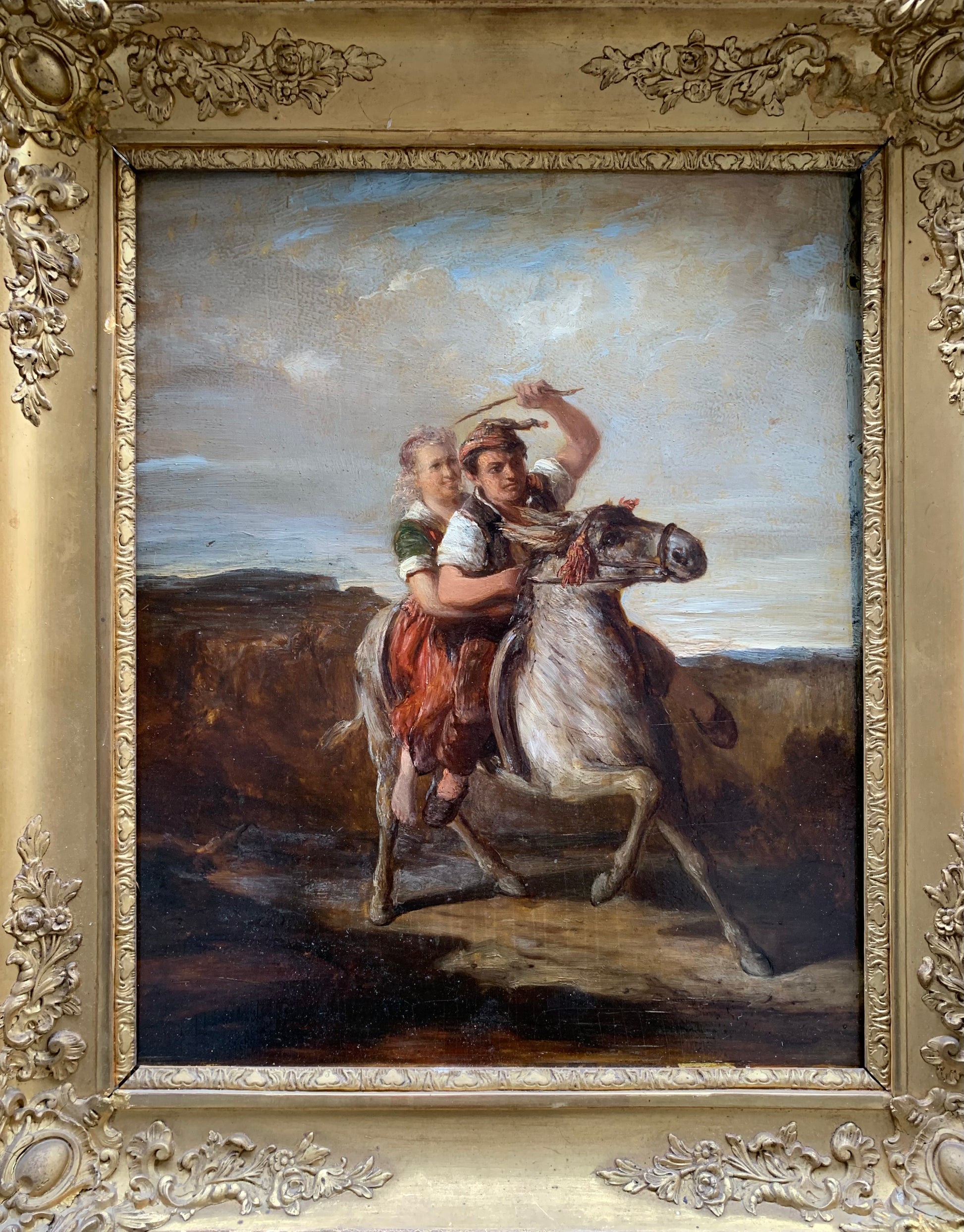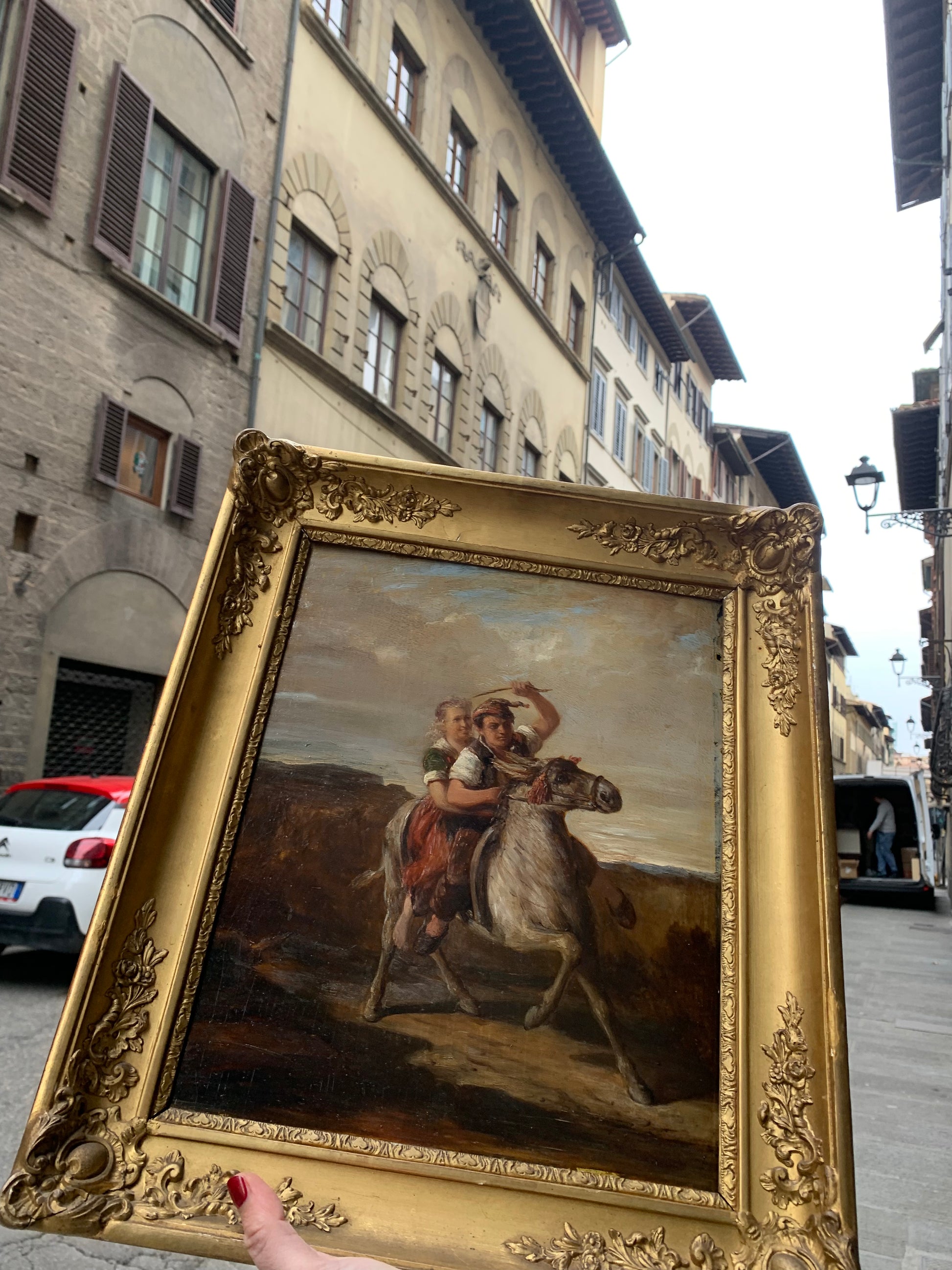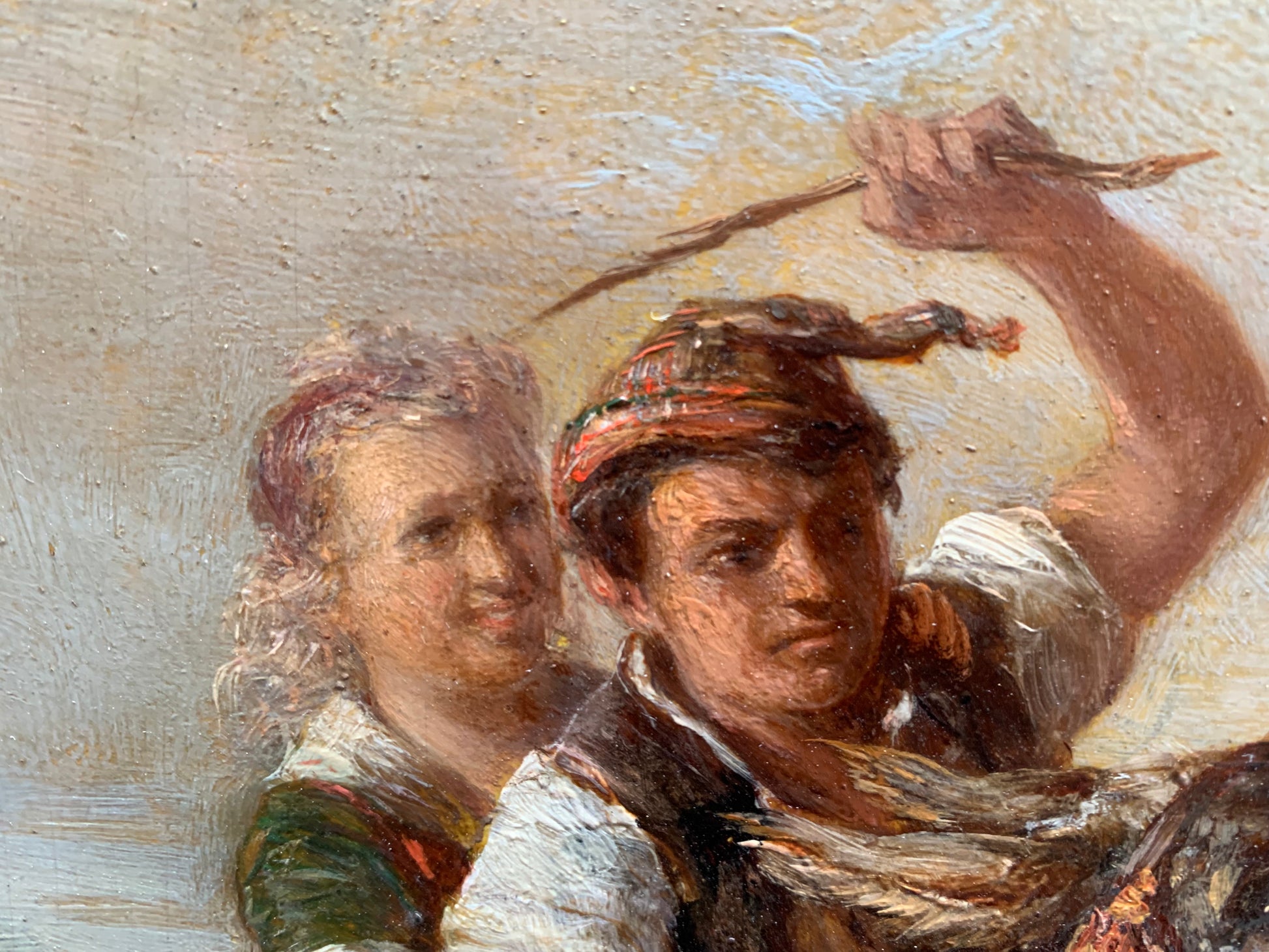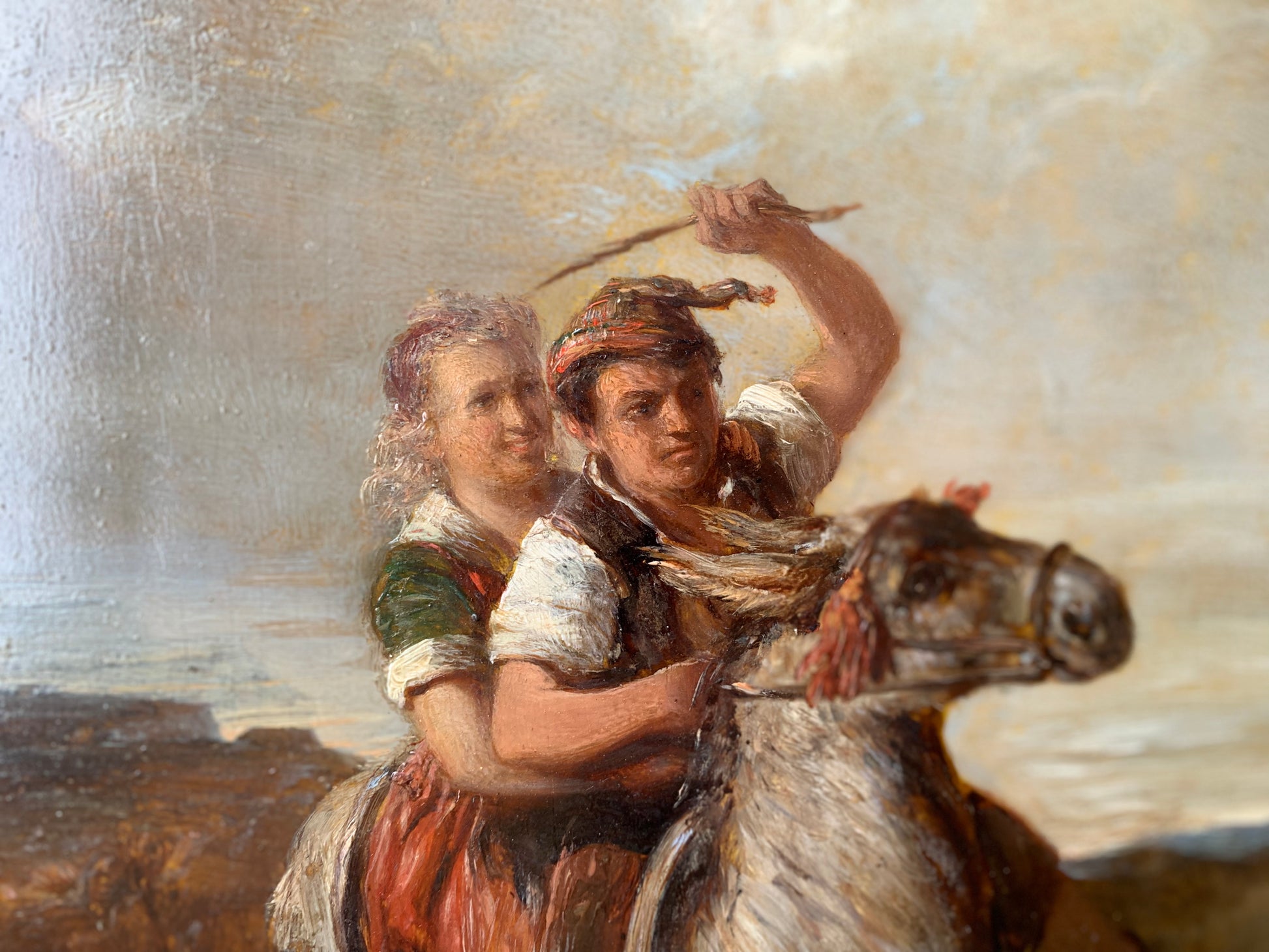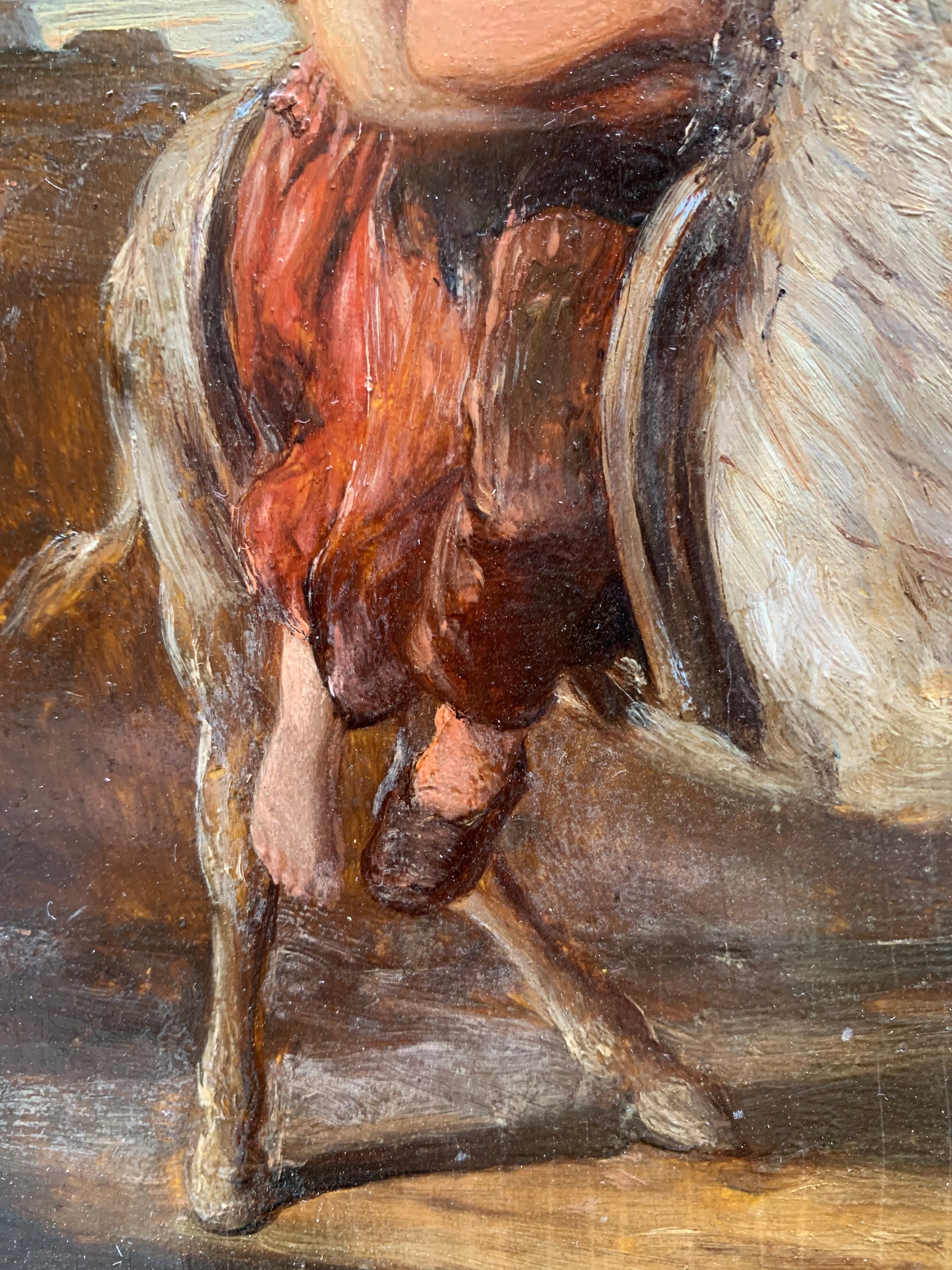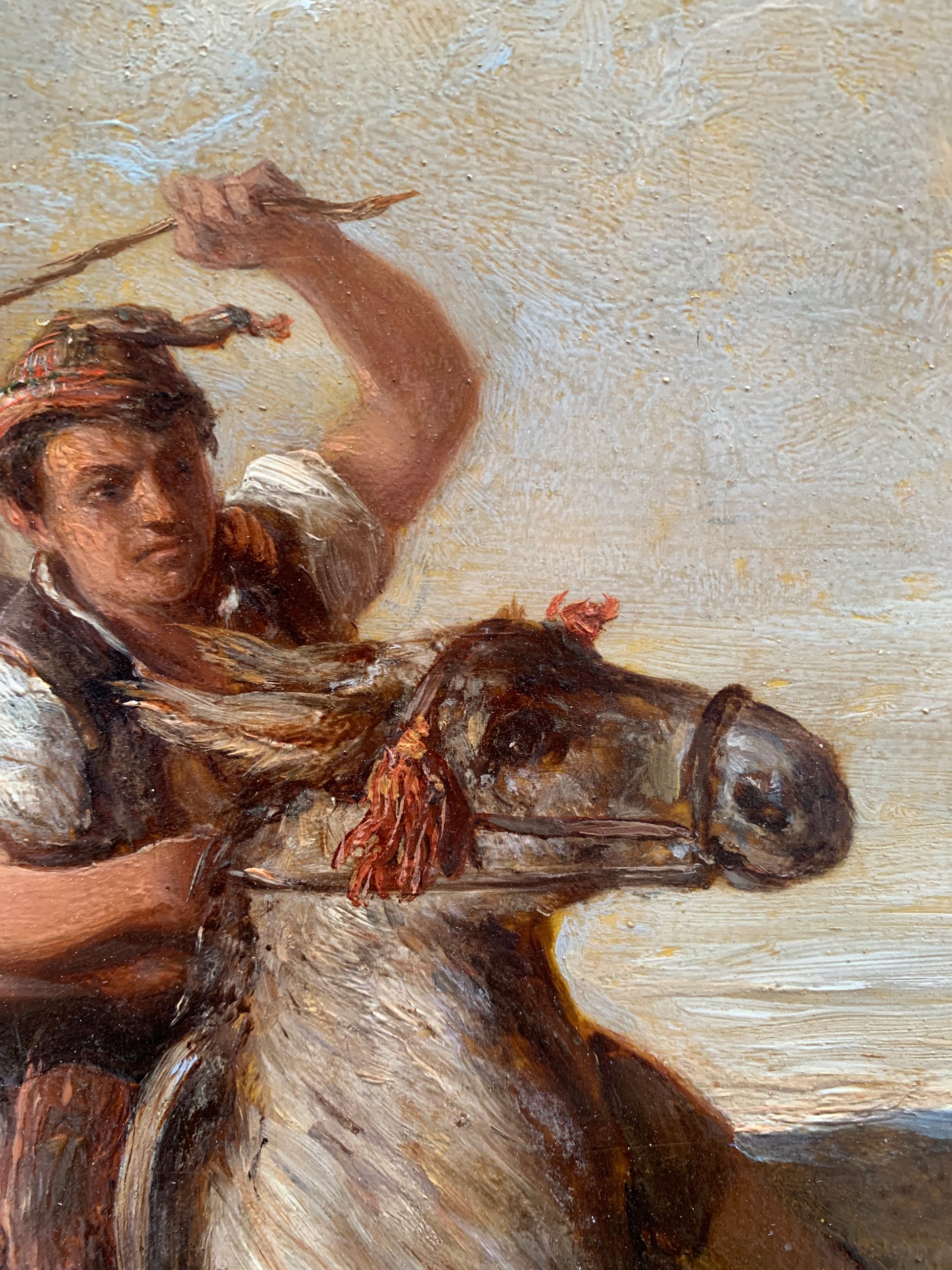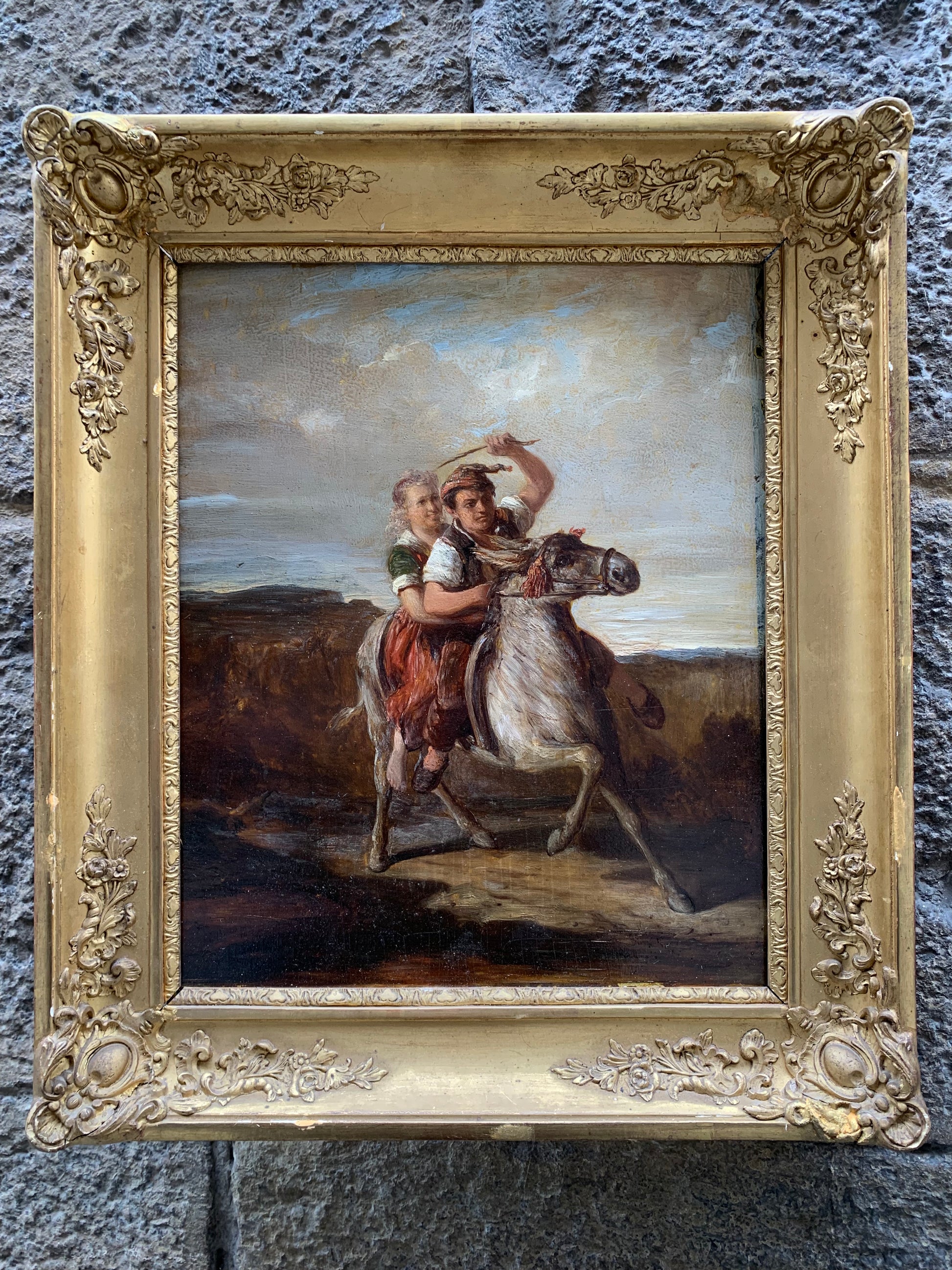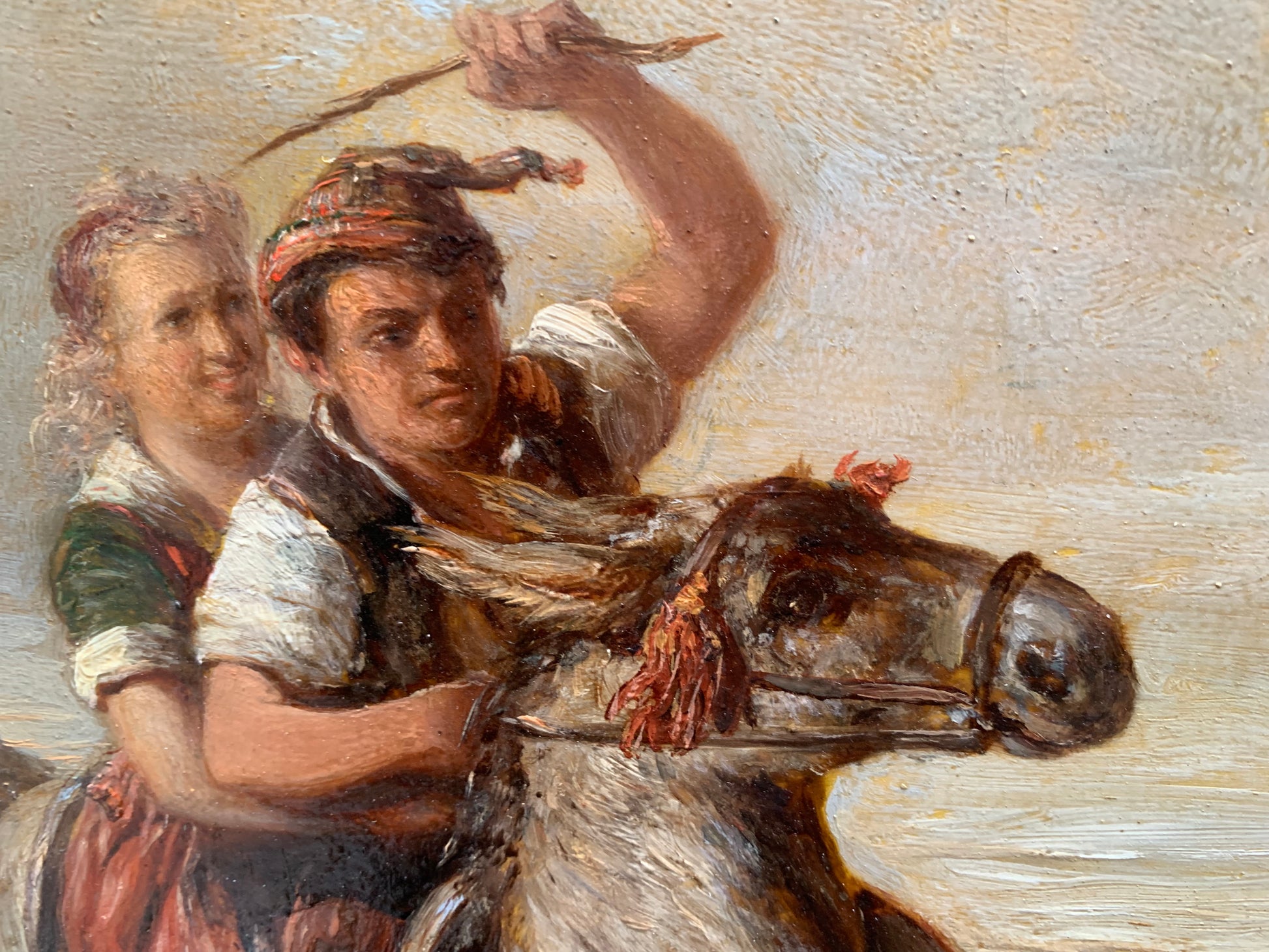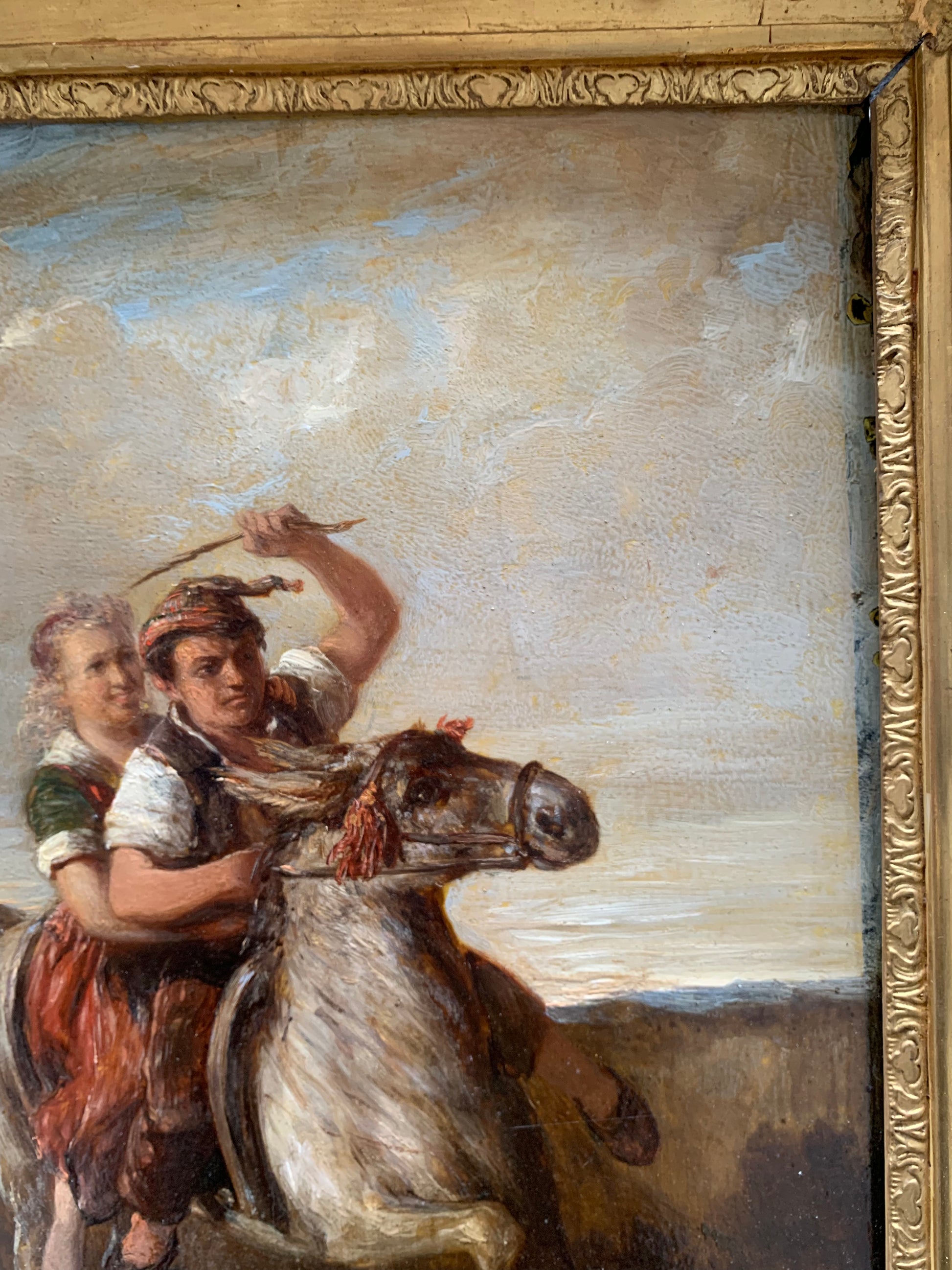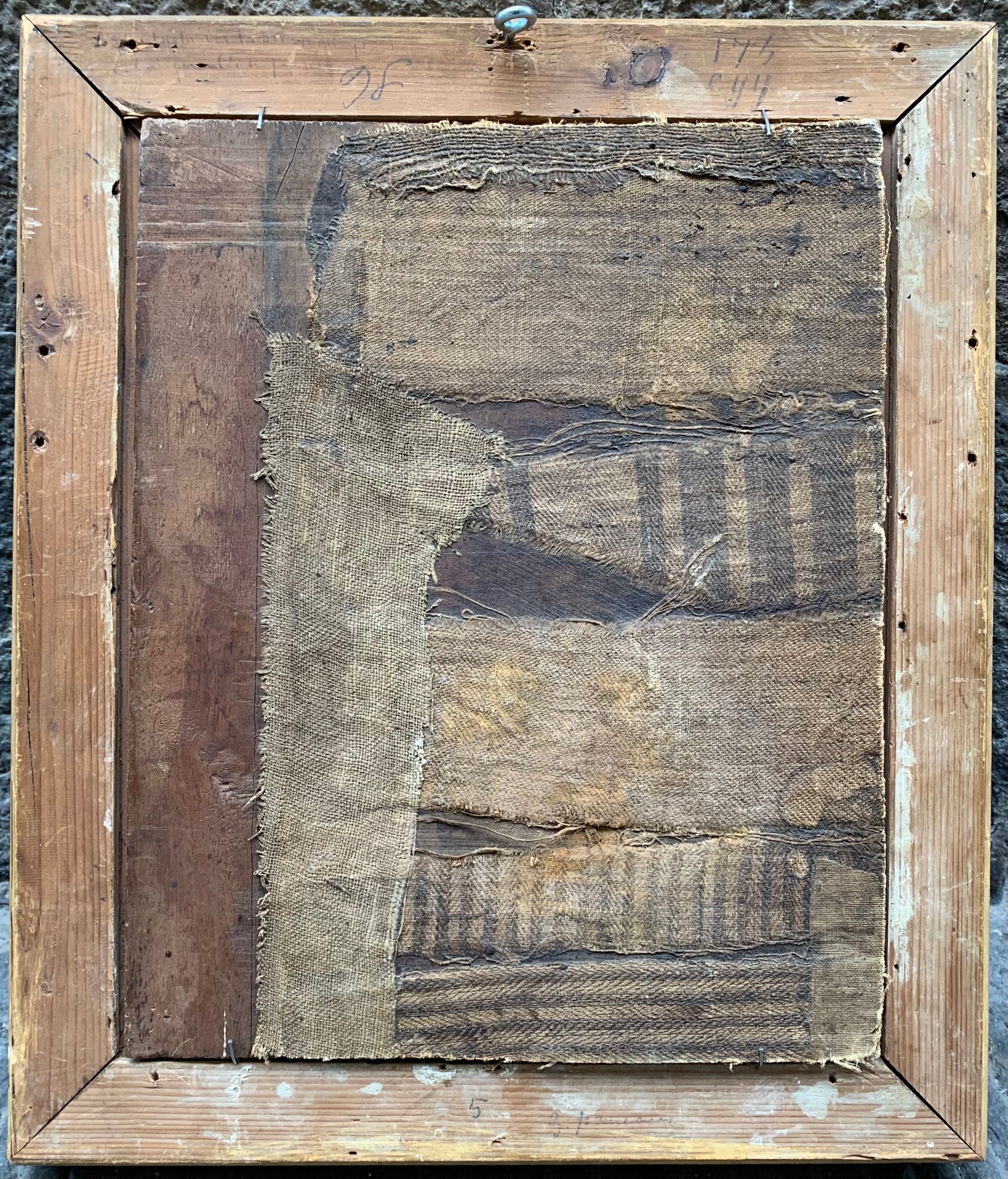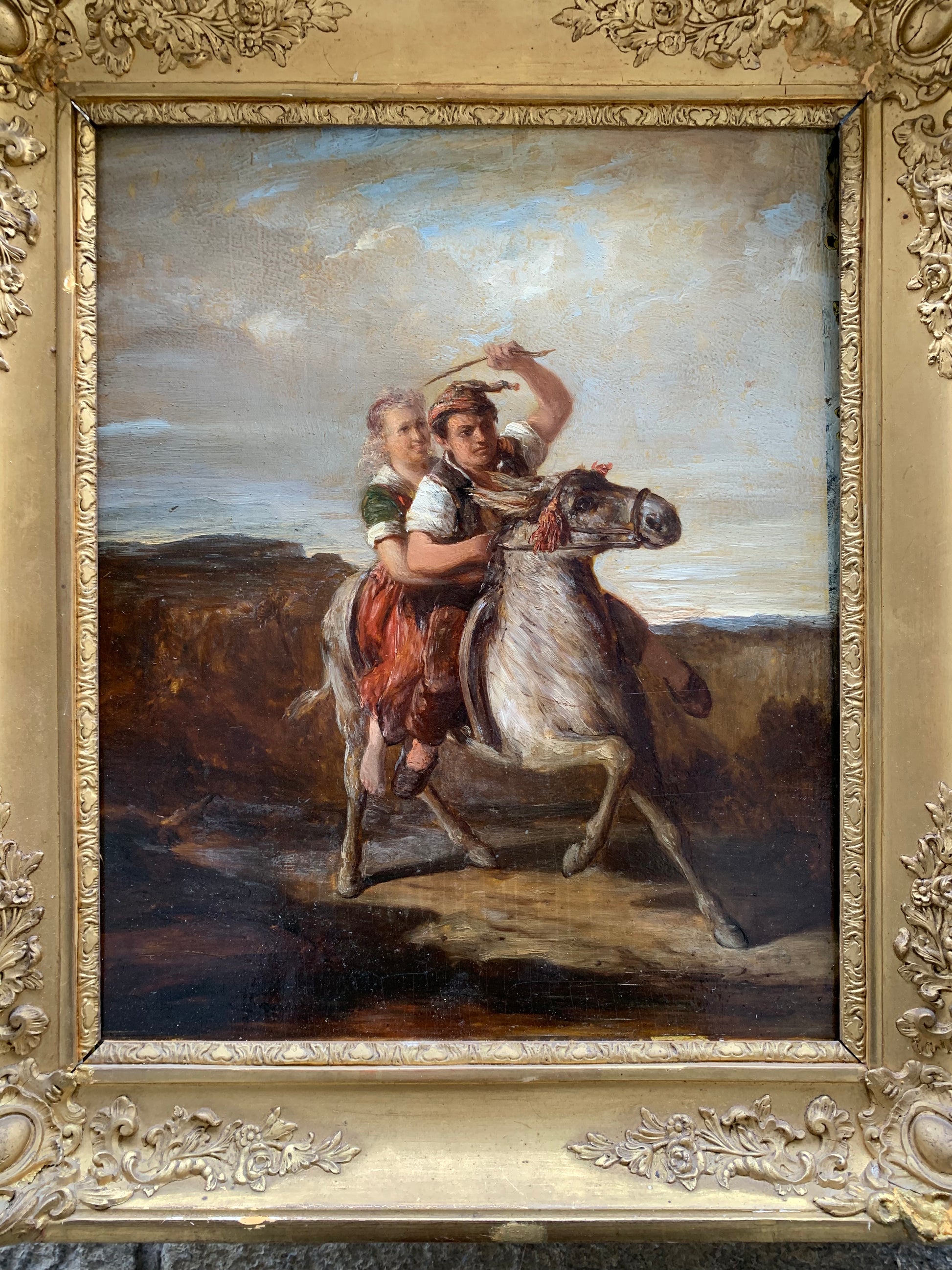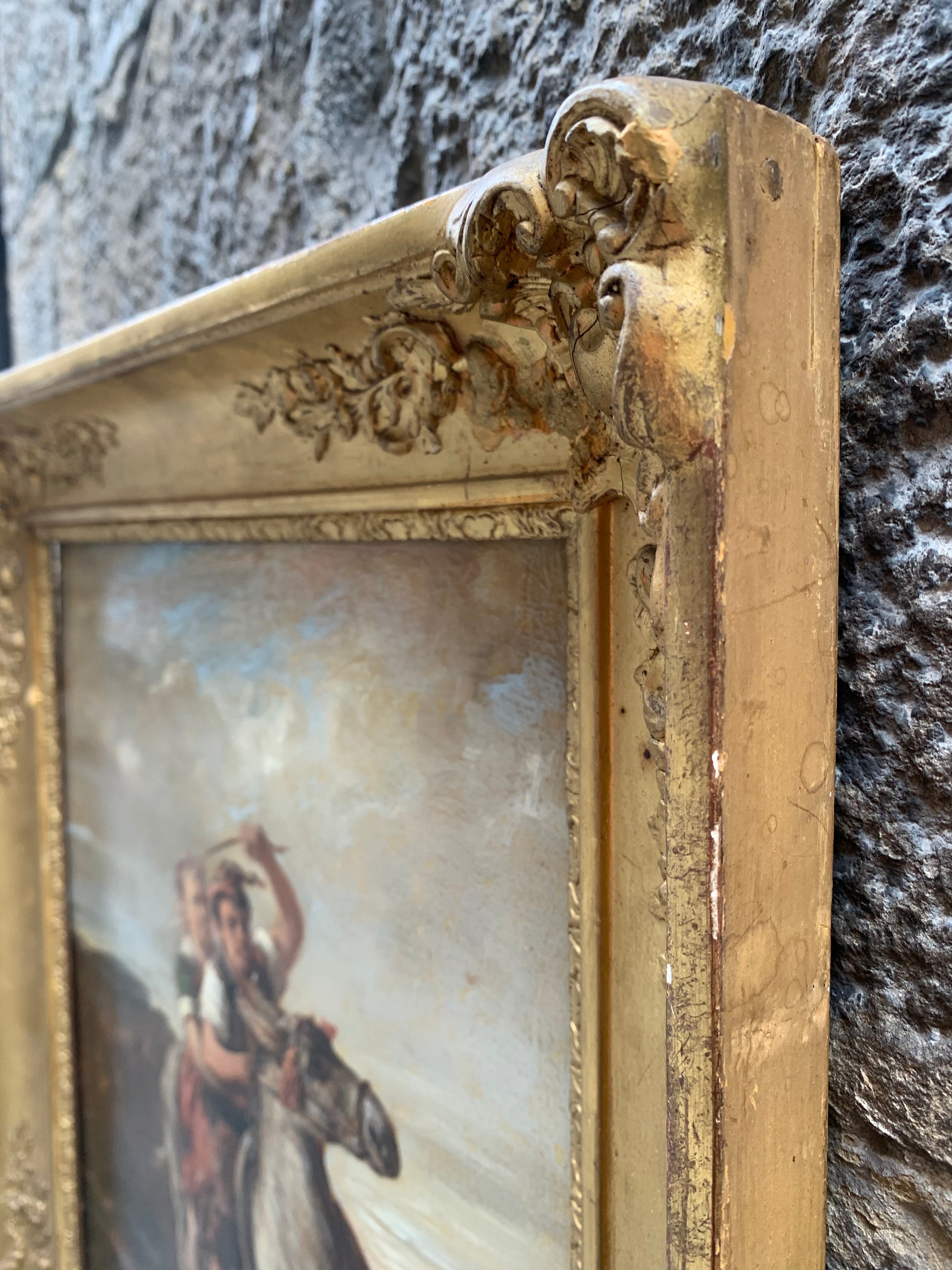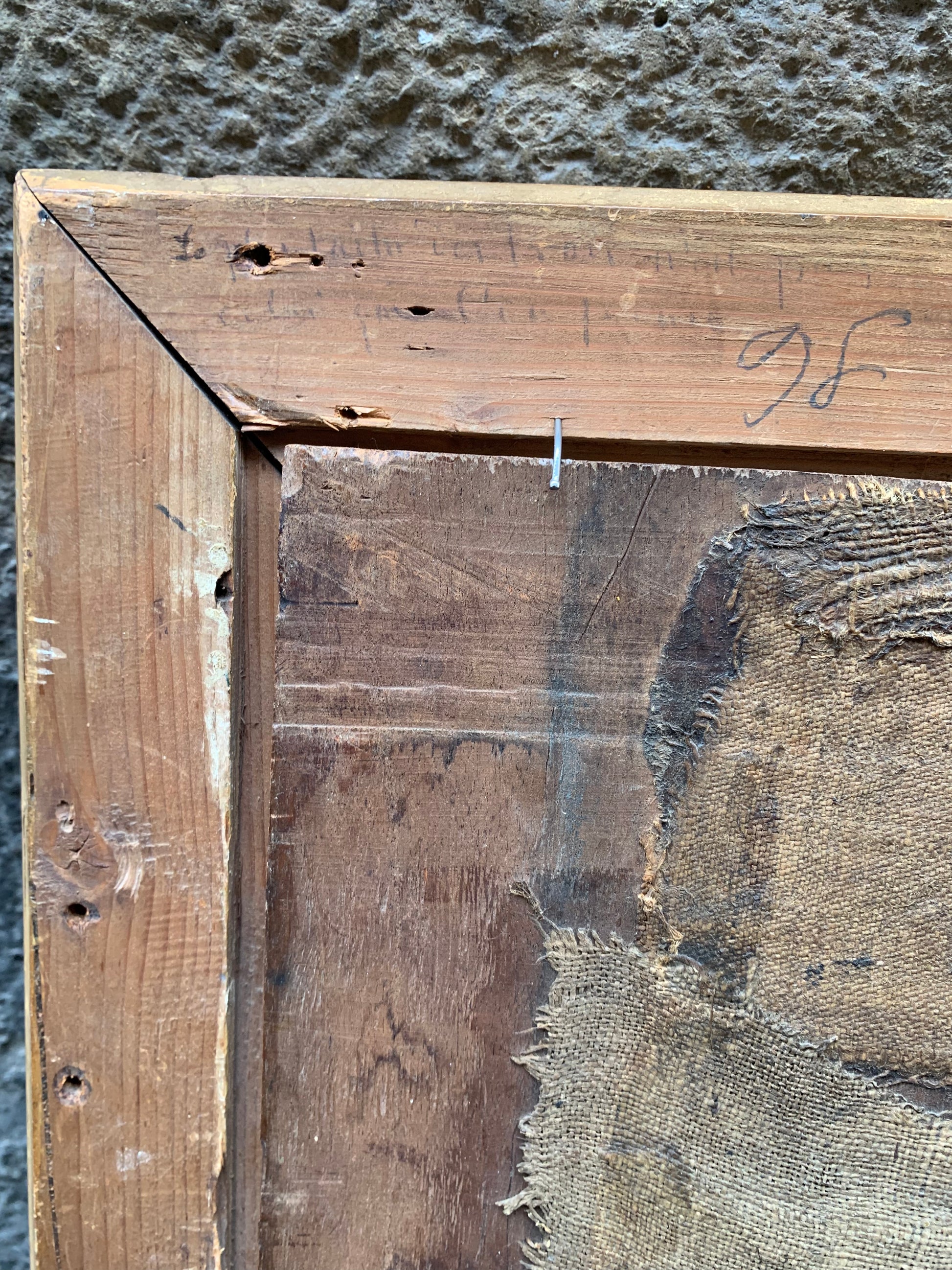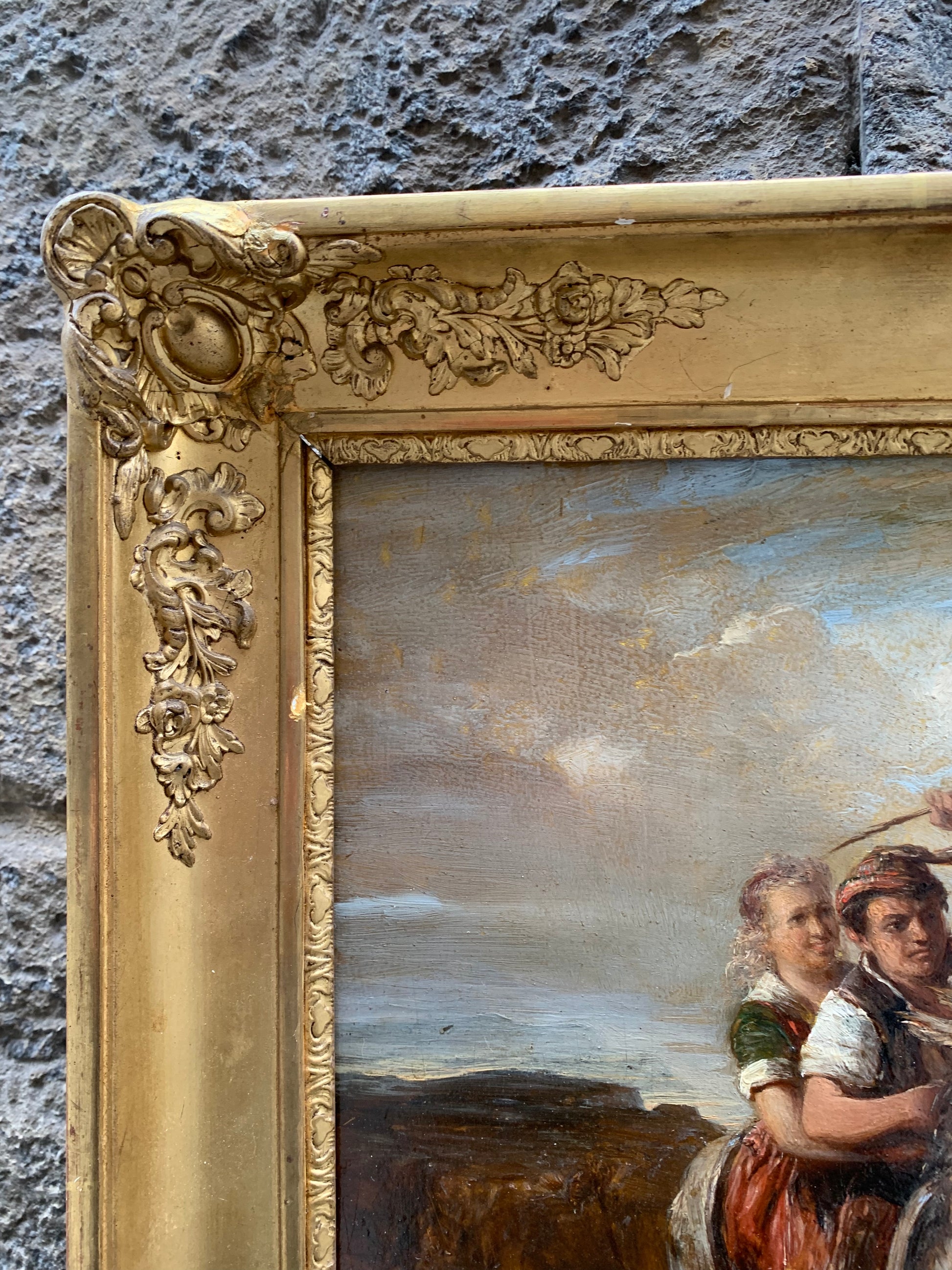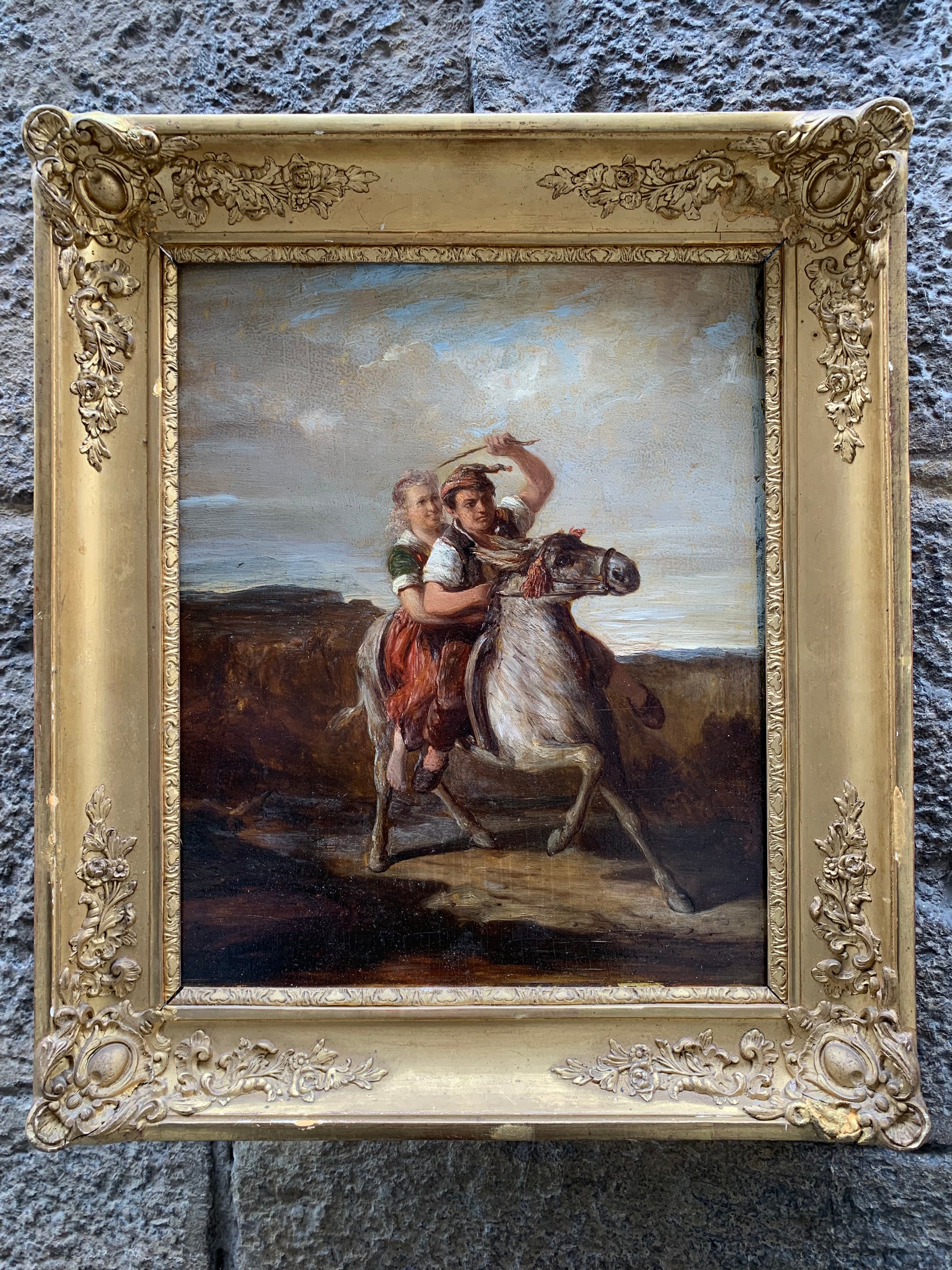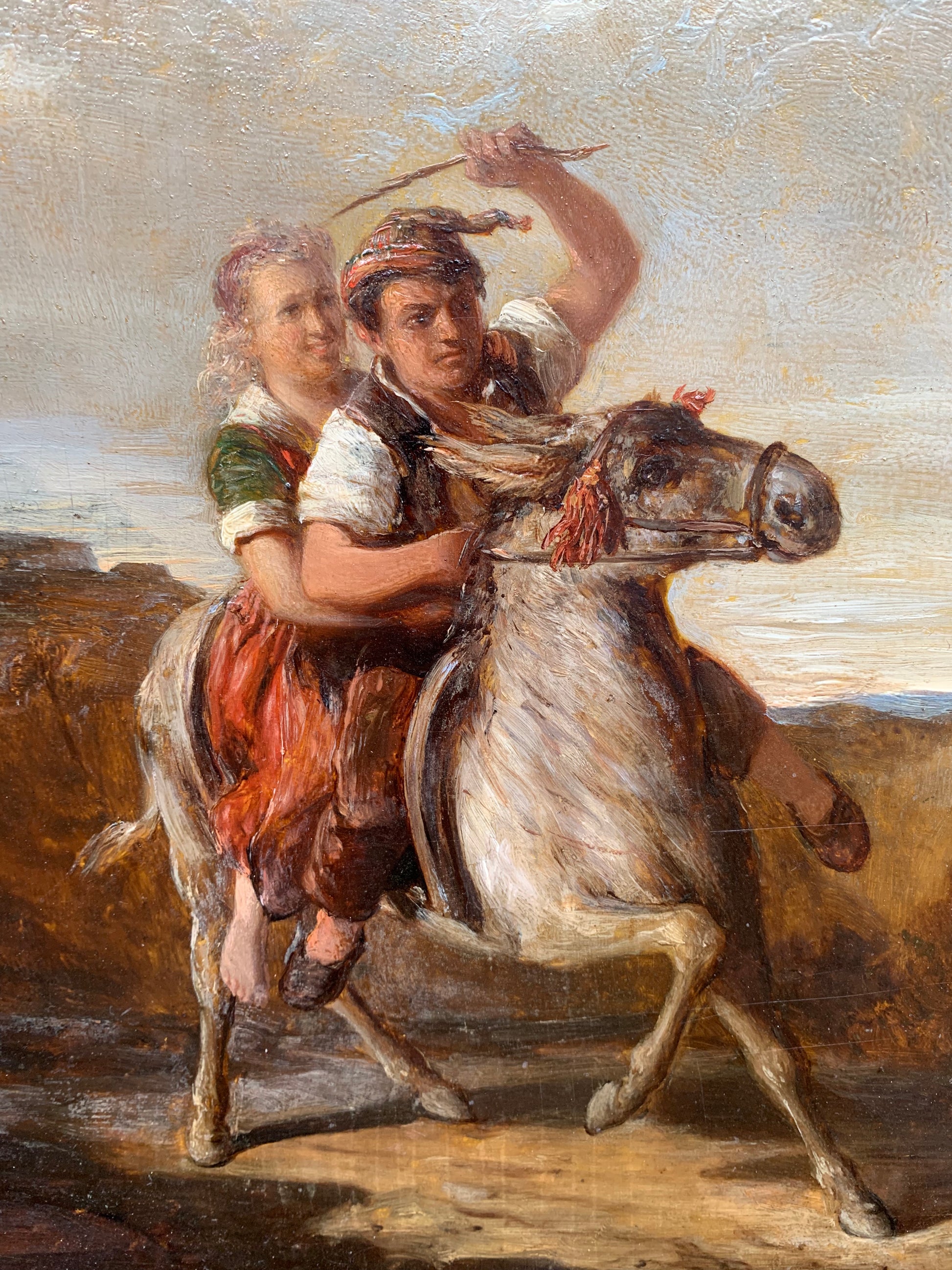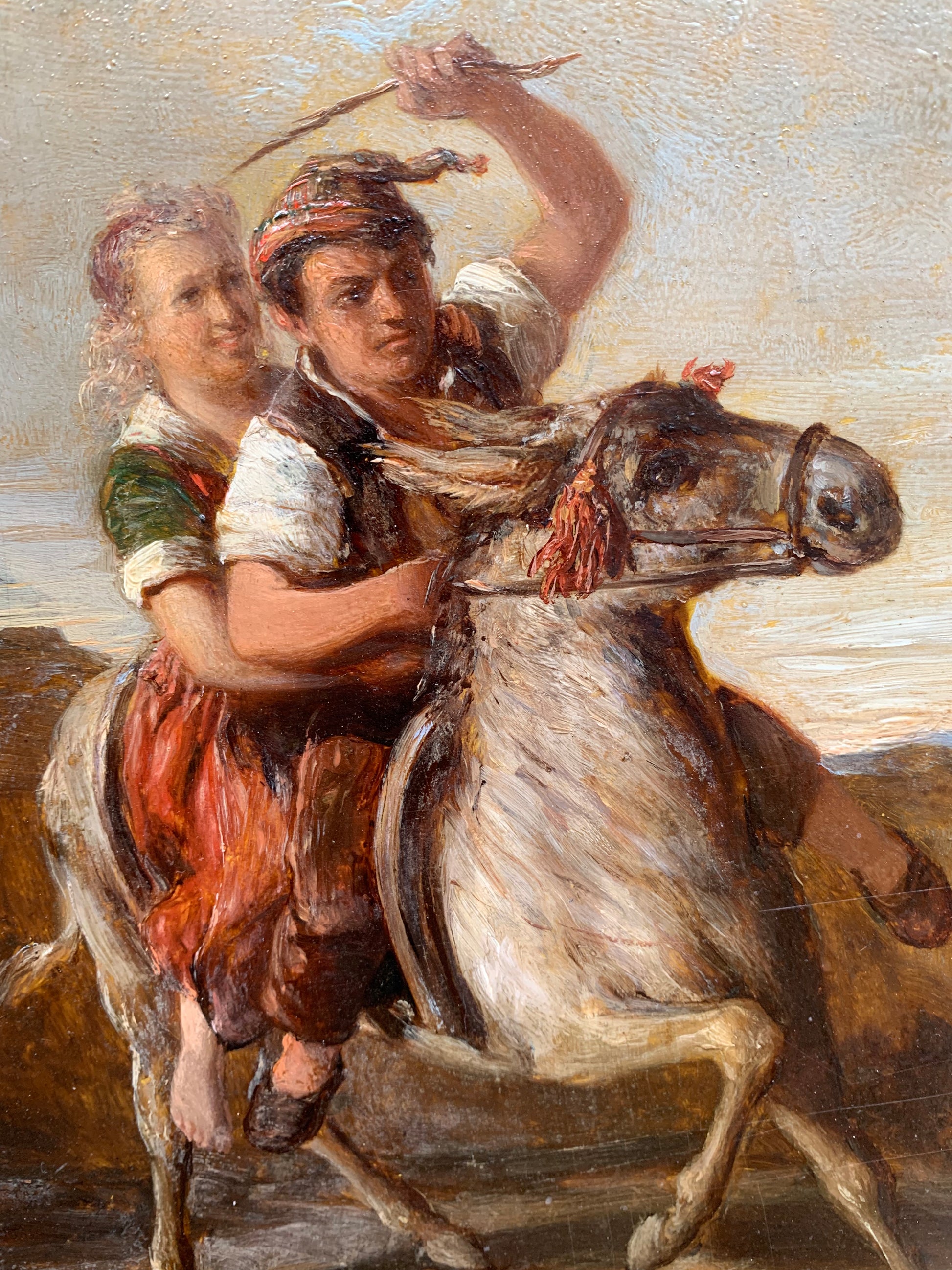@alina.malova
The Runaways, or Swiss boy on Donkey. Attributed to Joseph Hornung. Mid XIX century.
The Runaways, or Swiss boy on Donkey. Attributed to Joseph Hornung. Mid XIX century.
Couldn't load pickup availability
The Runaways, or Swiss boy on Donkey.
Attributed to Joseph Hornung (1792, Geneve - 1870 Geneve).
Mid XIX century.
Dimensions: 44 cm x 37cm
A couple of young boy and girl, dressed in ethnographic costumes, probably Savoyard, ride a donkey. The scene takes place in the middle of the countryside with mountains in the background.
Style: Romanticism.
Technique: oil on panel, with applications of cotton canvas on the back, to strengthen the wooden panel structure.
The particular way of placing brushstrokes, picturesque and slightly bizarre and expressive, probably has origins in the pictorial movement that starts from Delacroix, from his romantic representations of the East and of scenes that express freedom, exoticism, curiously describing ethnographic and somewhat idealized characters of different countries. The painter skillfully manages to convey a particular atmosphere by painting the clouds in dynamic movement, thus creating the emotional effect. Biografical notices on painter.
Joseph Hornung (1792 Geneva - 1870 Geneva).
Swiss artist of Alsatian origins.
One of the major representatives of the Geneva School, considered at the time the official painter of the Reformation. After his apprenticeship as a watch case engraver, Joseph Hornung worked in this field before training himself in painting, although he studied drawing with Constant Vaucher. Author of genre and historical paintings, he particularly favored themes linked to the history of Savoy and the Reformation (for example Les adieux de Calvin, 1829). He also created portraits (Guillaume Henri Dufour, Alexandre Vinet, Jean Humbert), landscapes and drawings. From 1826 he exhibited successfully at the Paris Salons. His proposals at the Royal Academy in London (1839) or at the Paris Salon (in 1831, 1840, 1841, 1843 and 1847) earned him medals and laudatory mentions in the press, including those of the famous Étienne-Jean Delécluze.
His admirers included french King Louis Philippe and the painter Ary Scheffer. However, he refused to settle in Paris and engaged in public life in Geneva.
He traveled to Italy (1834), Holland (1838) and England (1840 and 1859).
Hornung was a member of the Geneva cantonal legislature from 1836 (Representative Council, from 1842 Grand Council).
In friendship with the sculptors James Pradier and John-Étienne Chaponnière, the painters François Diday and Alexandre Calame, the writers John Petit-Senn, Marc Debrit and Marc Monnier, Hornung will become a legendary figure in the Geneva cultural world and his beard will delight the caricaturists. Henri-Frédéric Amiel, who recorded their conversations in his diary, noted his erudition and nicknamed him “Pope Titian”.
As Philippe Plan writes in one of the numerous obituaries dedicated to him, "there is no Genevan who had the honor of more biographical articles during his life". The numerous portraits of him, including that of his wife or local celebrities such as General Dufour, Alexandre Vinet or Pastor Fazy, were also very successful. His historical subjects testify to his interest in the Reformation and Geneva's past, particularly Calvin's Farewells, Servetus Marching to Execution (1845), Froment's Preaching to Molard (1864) and Luther in the Cemetery of Worms. His masterpiece, The Day After Saint-Barthélemy, painted in 1852 for the Marquis Girolamo d'Adda, aroused critical enthusiasm. He often made lithographic reproductions of his own paintings.
His works of art are in Museums: Geneva, Museum of Art and History; Lausanne, Cantonal Museum of Fine Arts; Lausanne, Historical Museum.
Materials
Materials
Dimensions
Dimensions
Care information
Care information
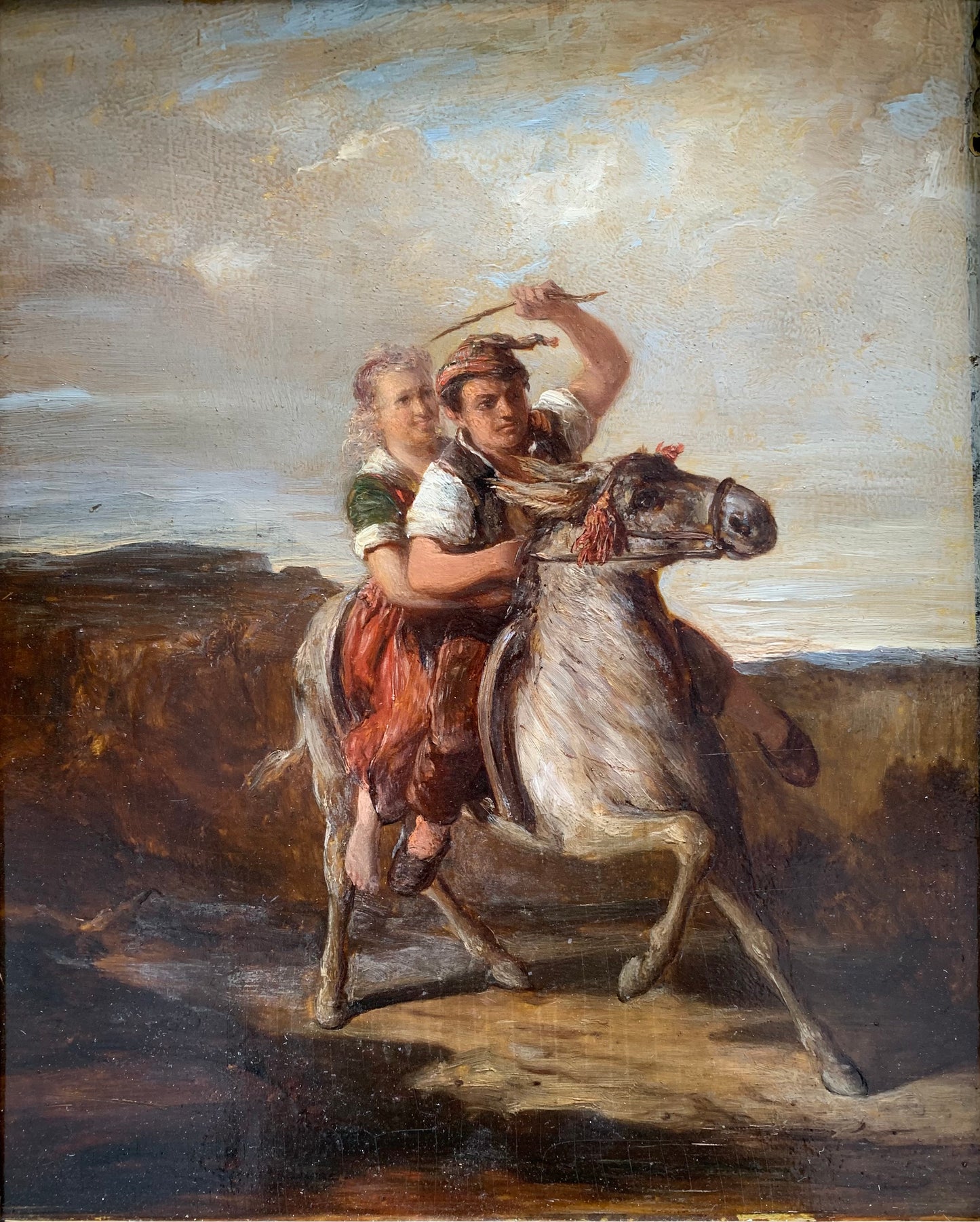
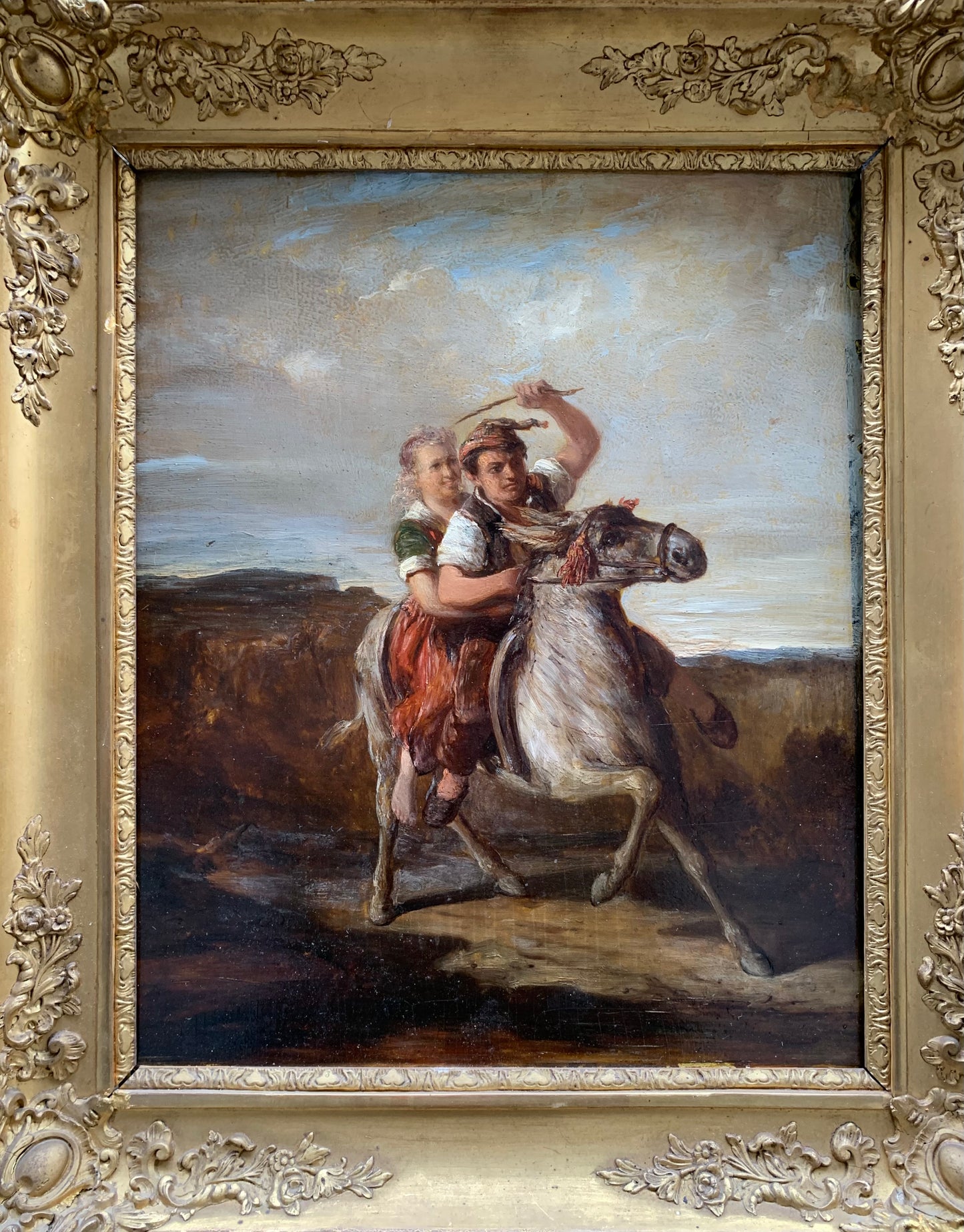
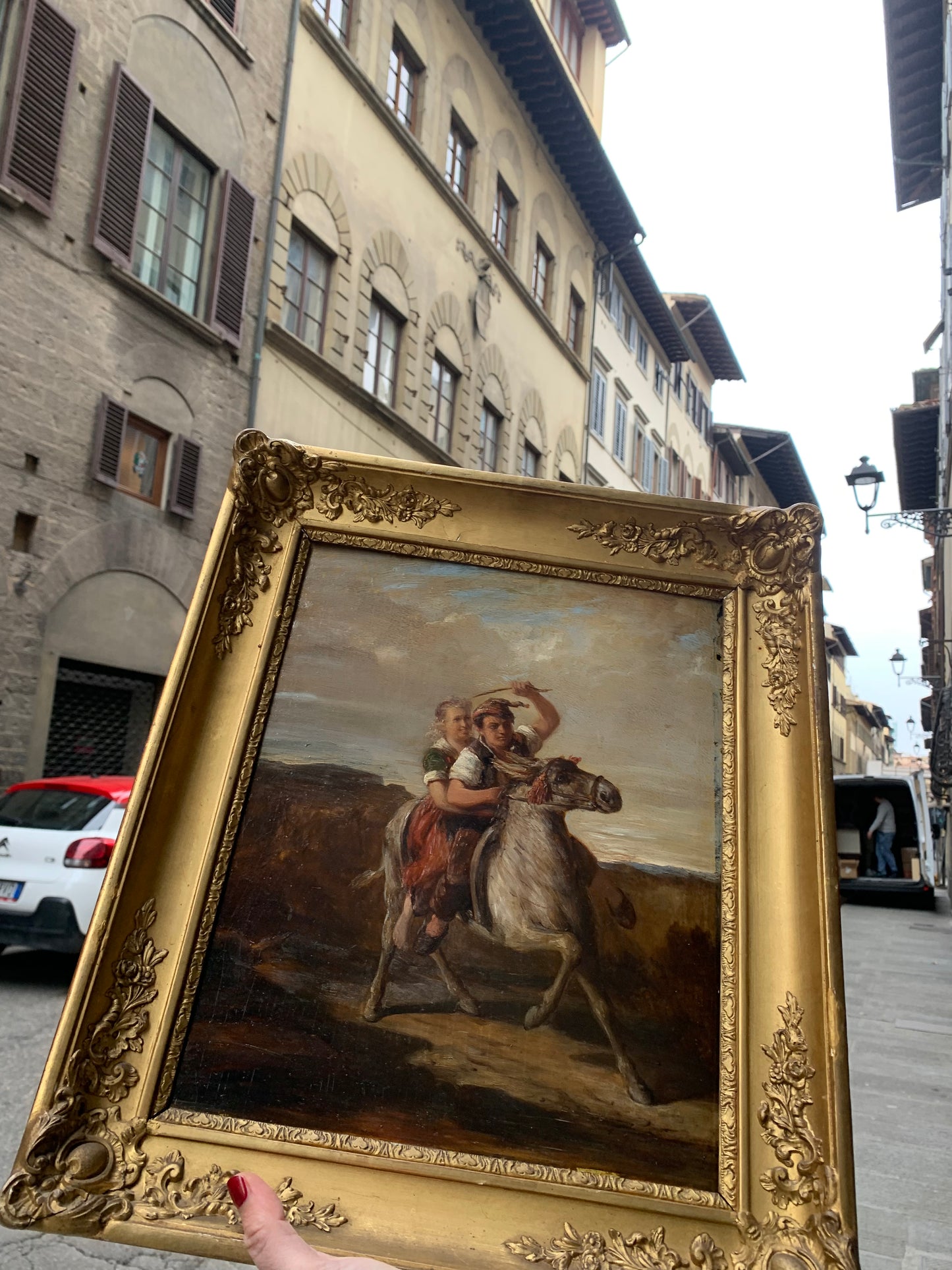
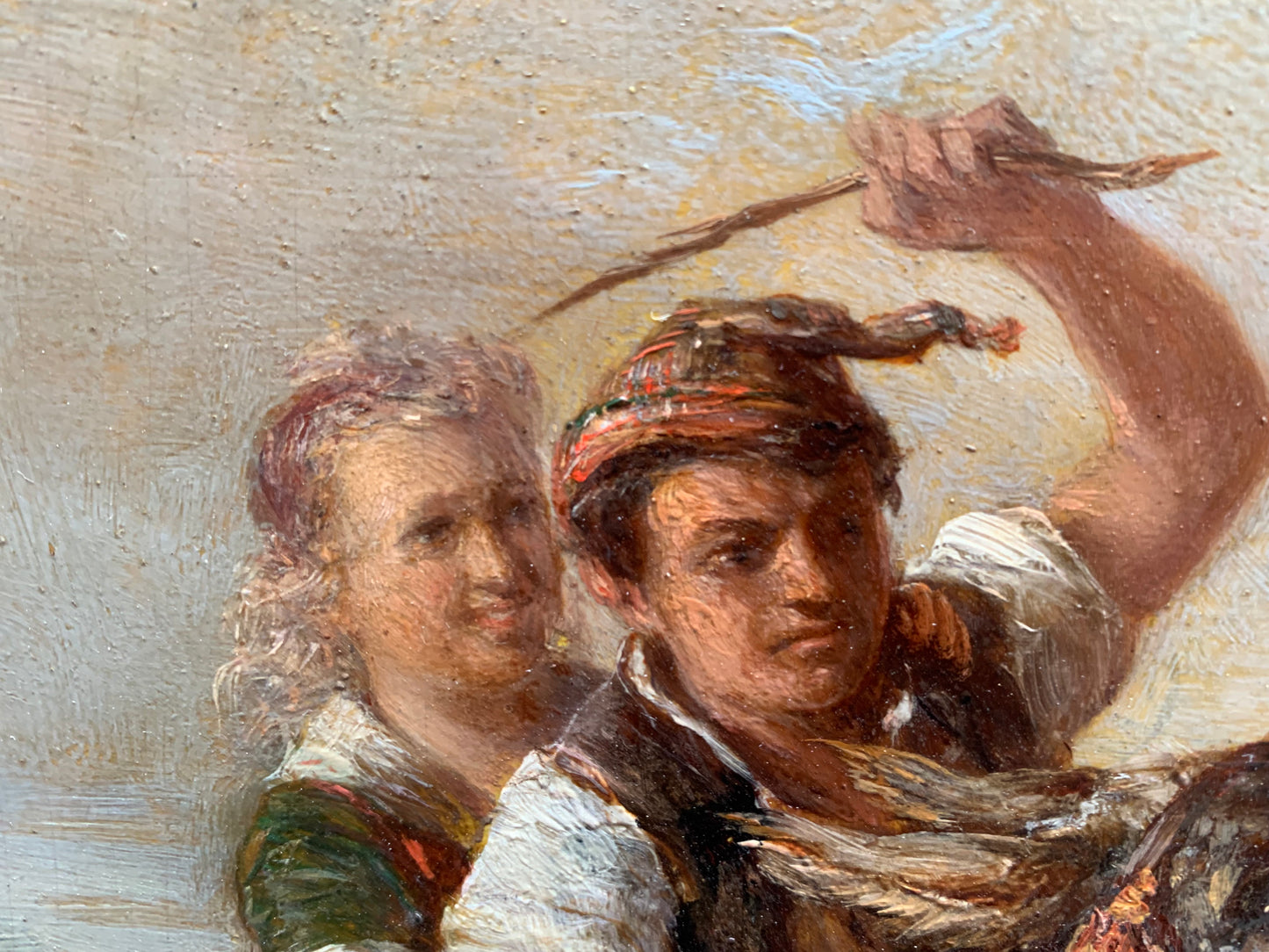
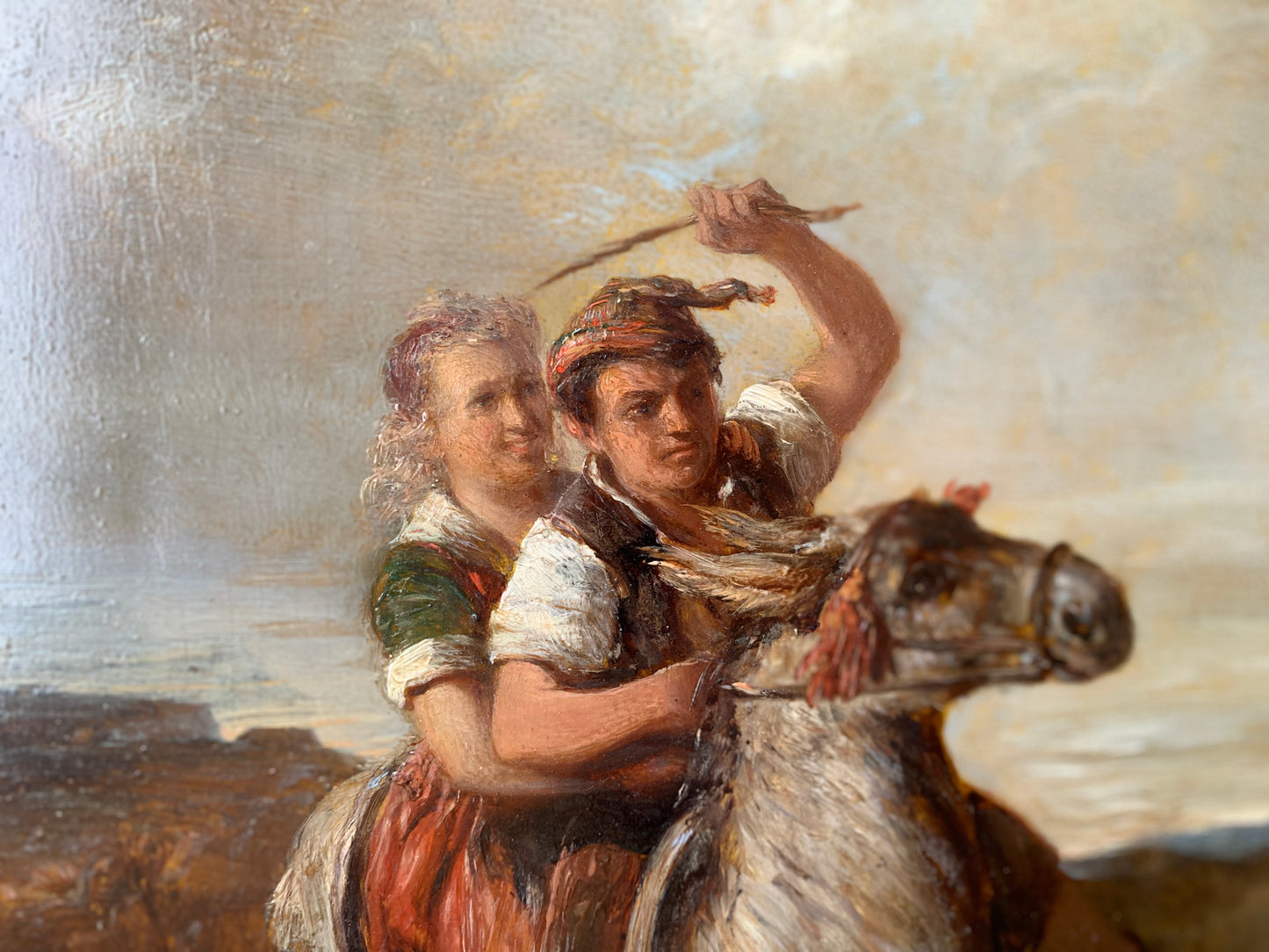
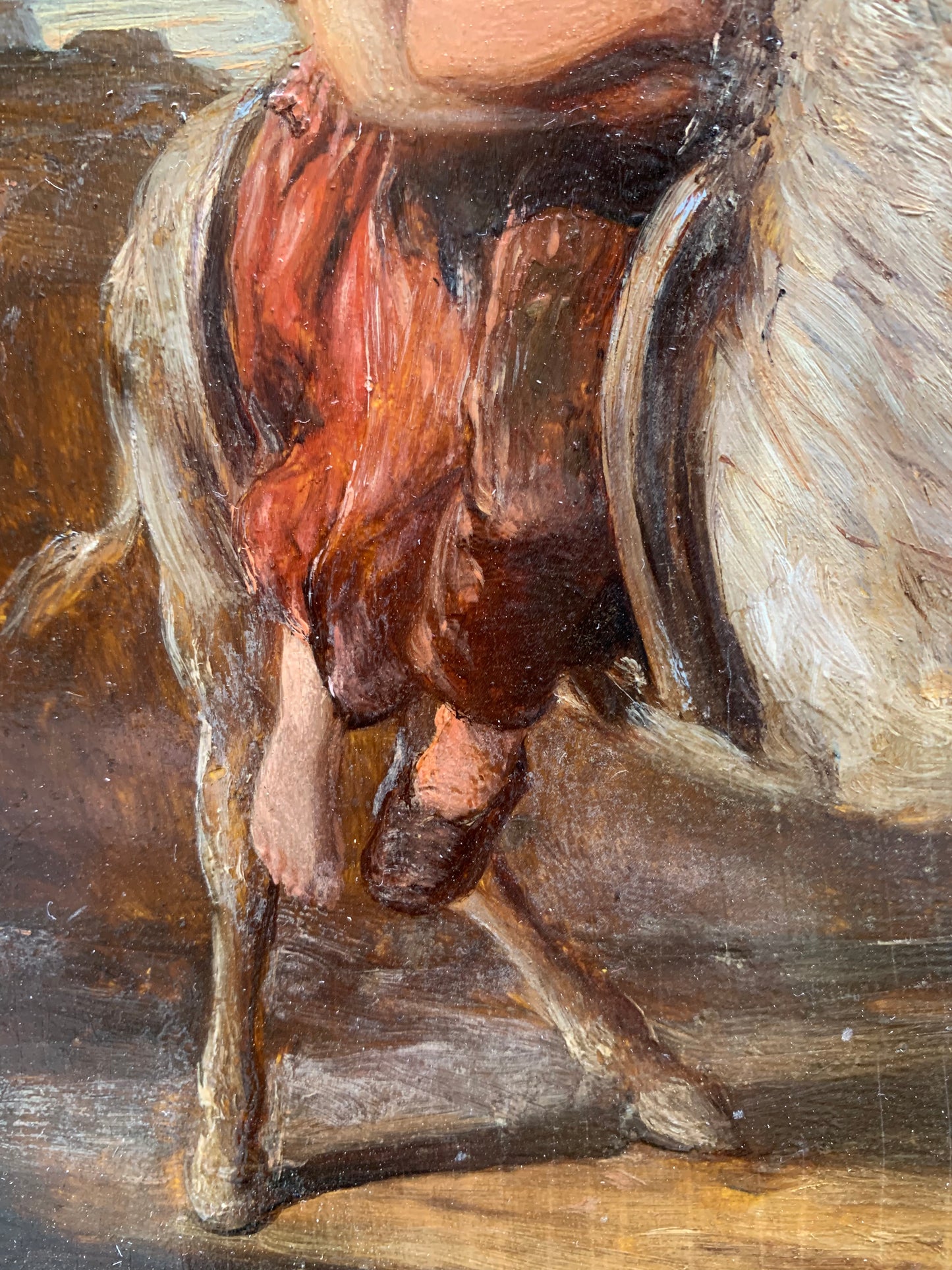
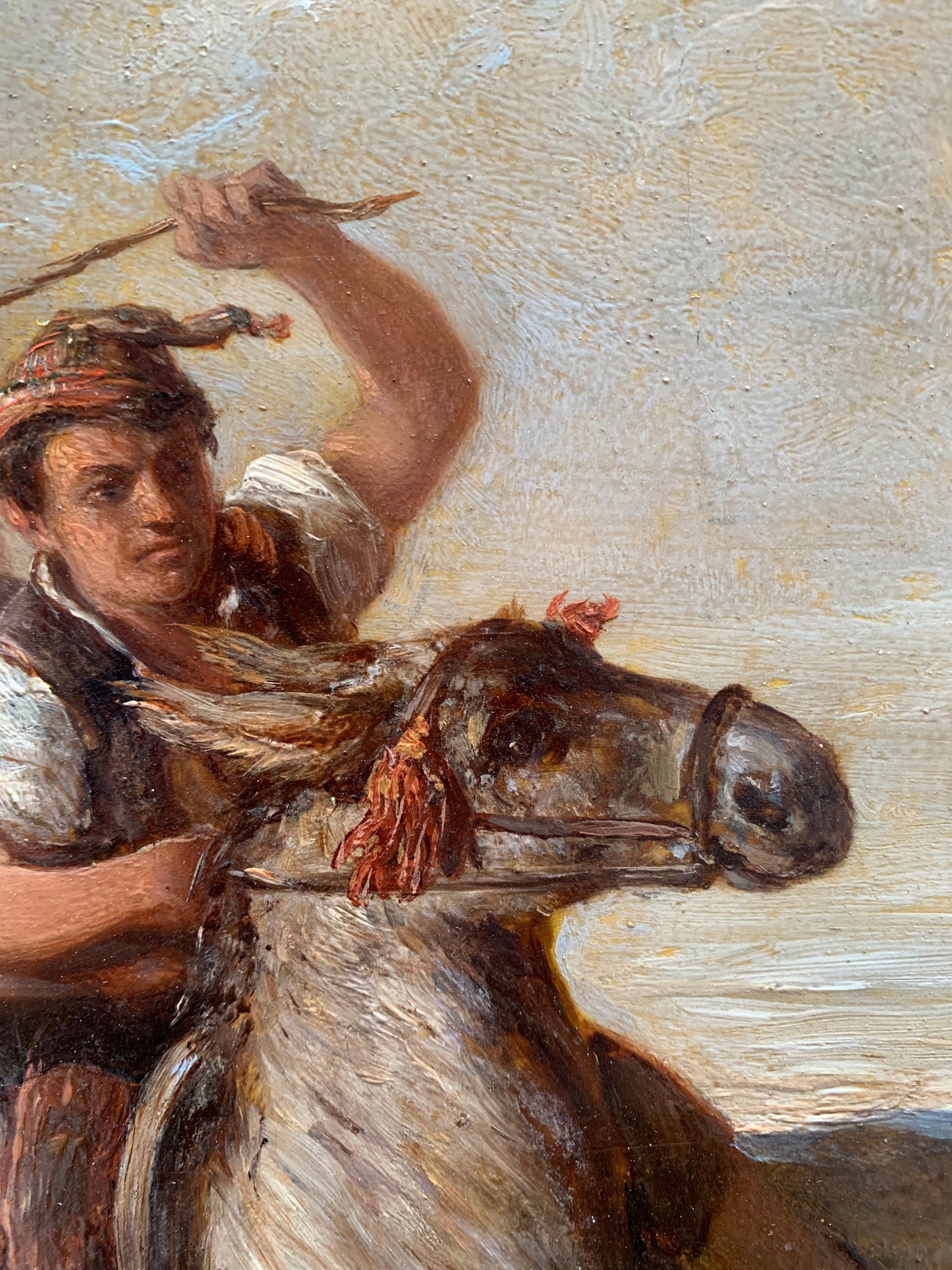
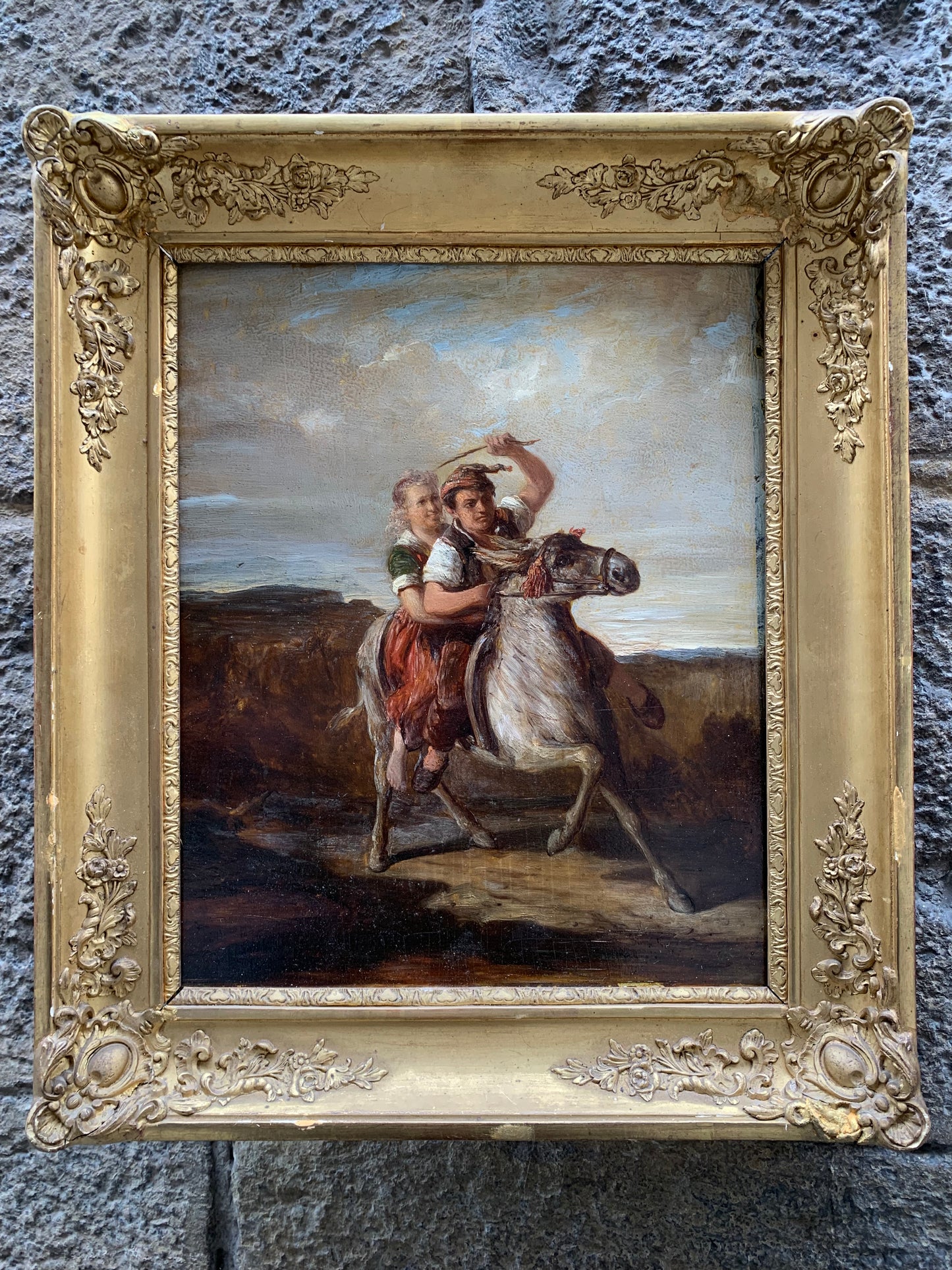
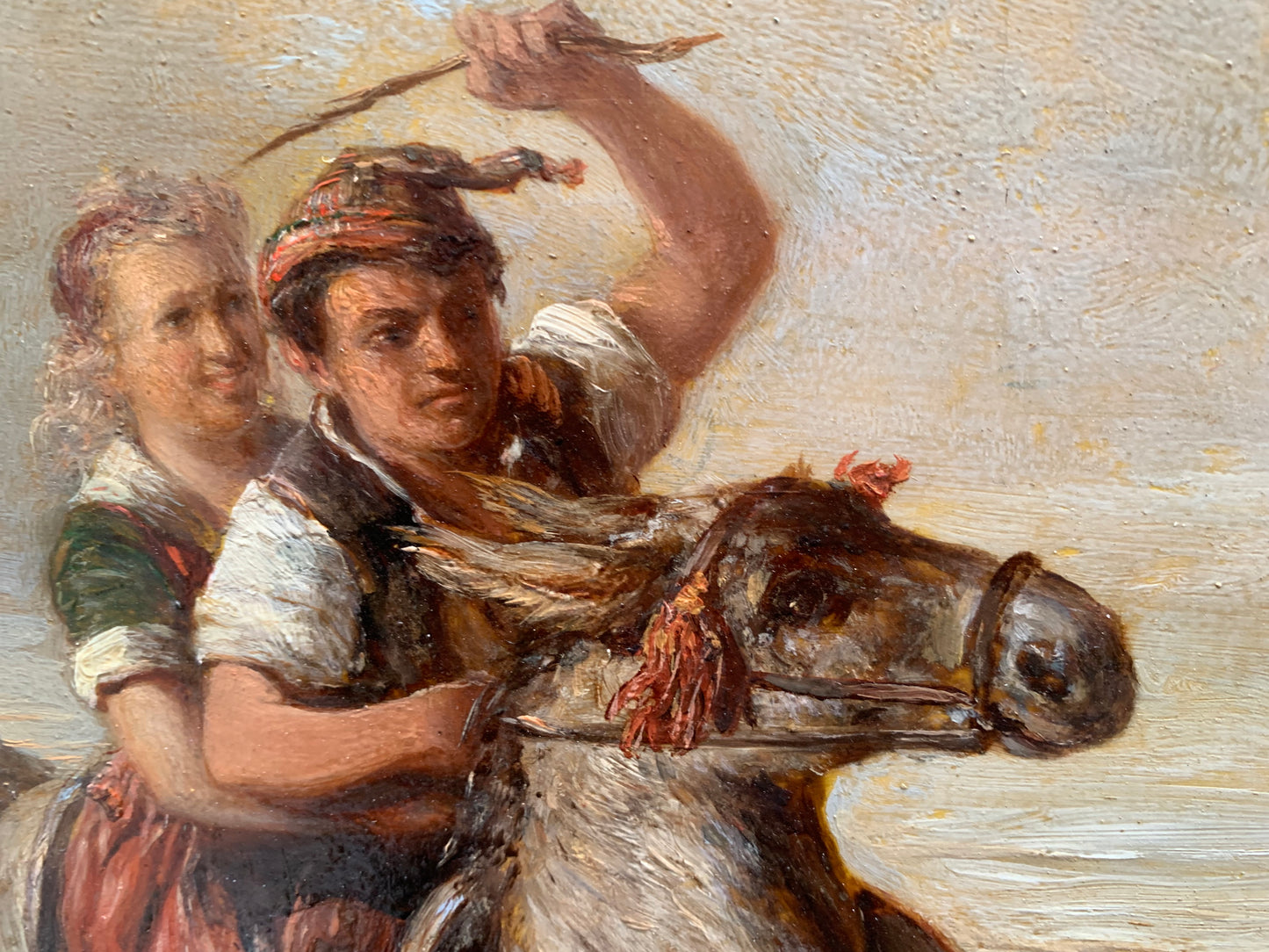
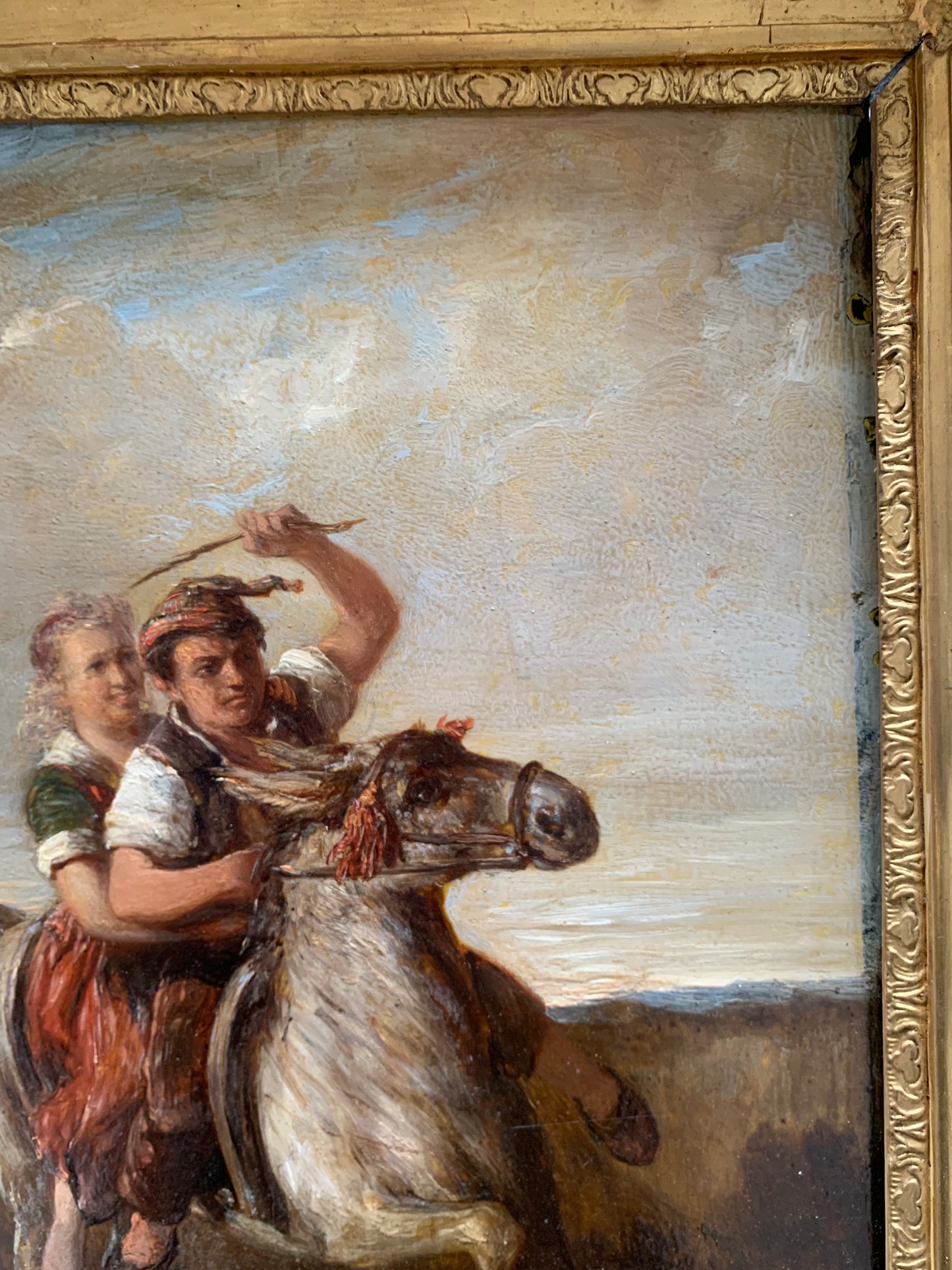
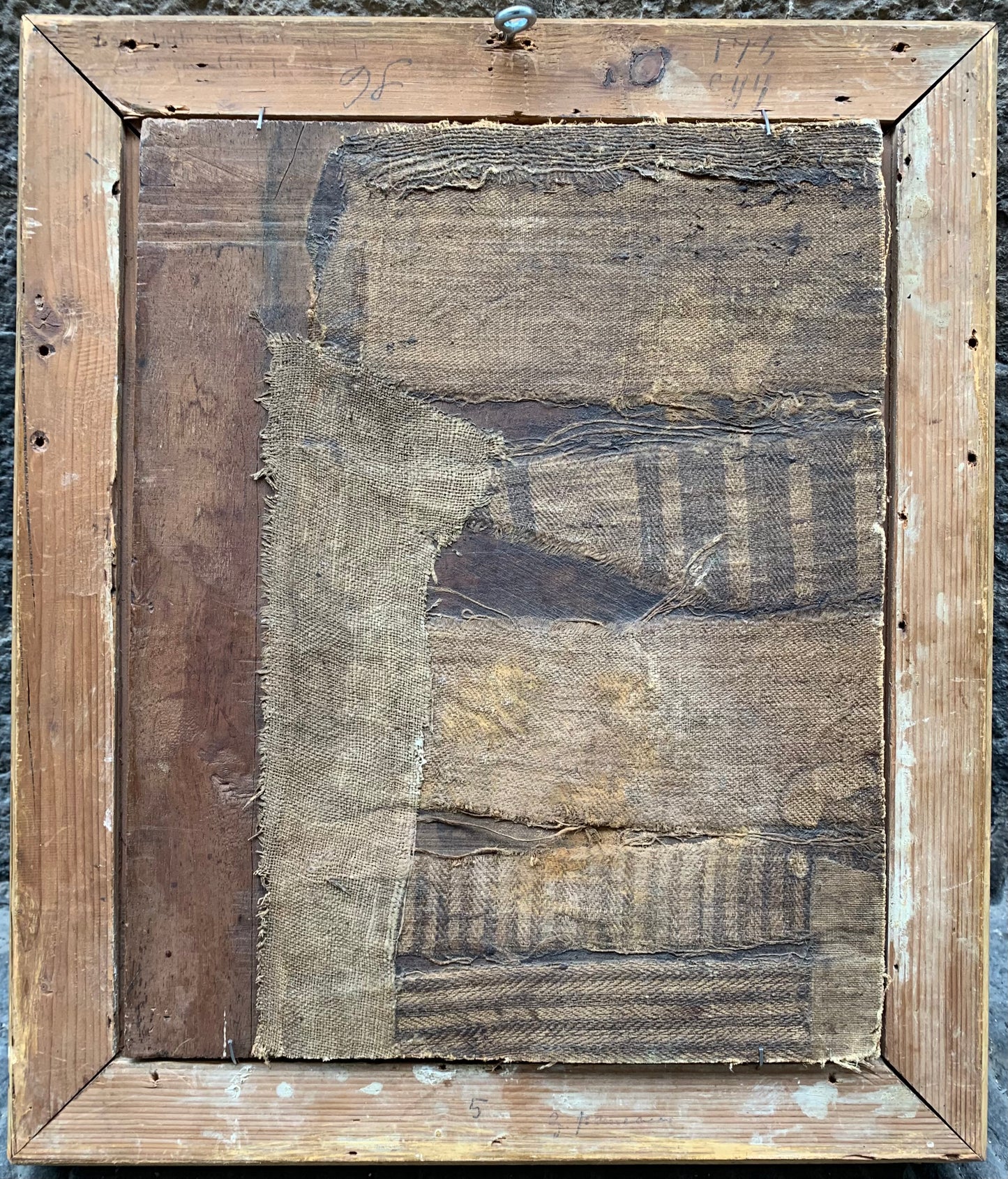
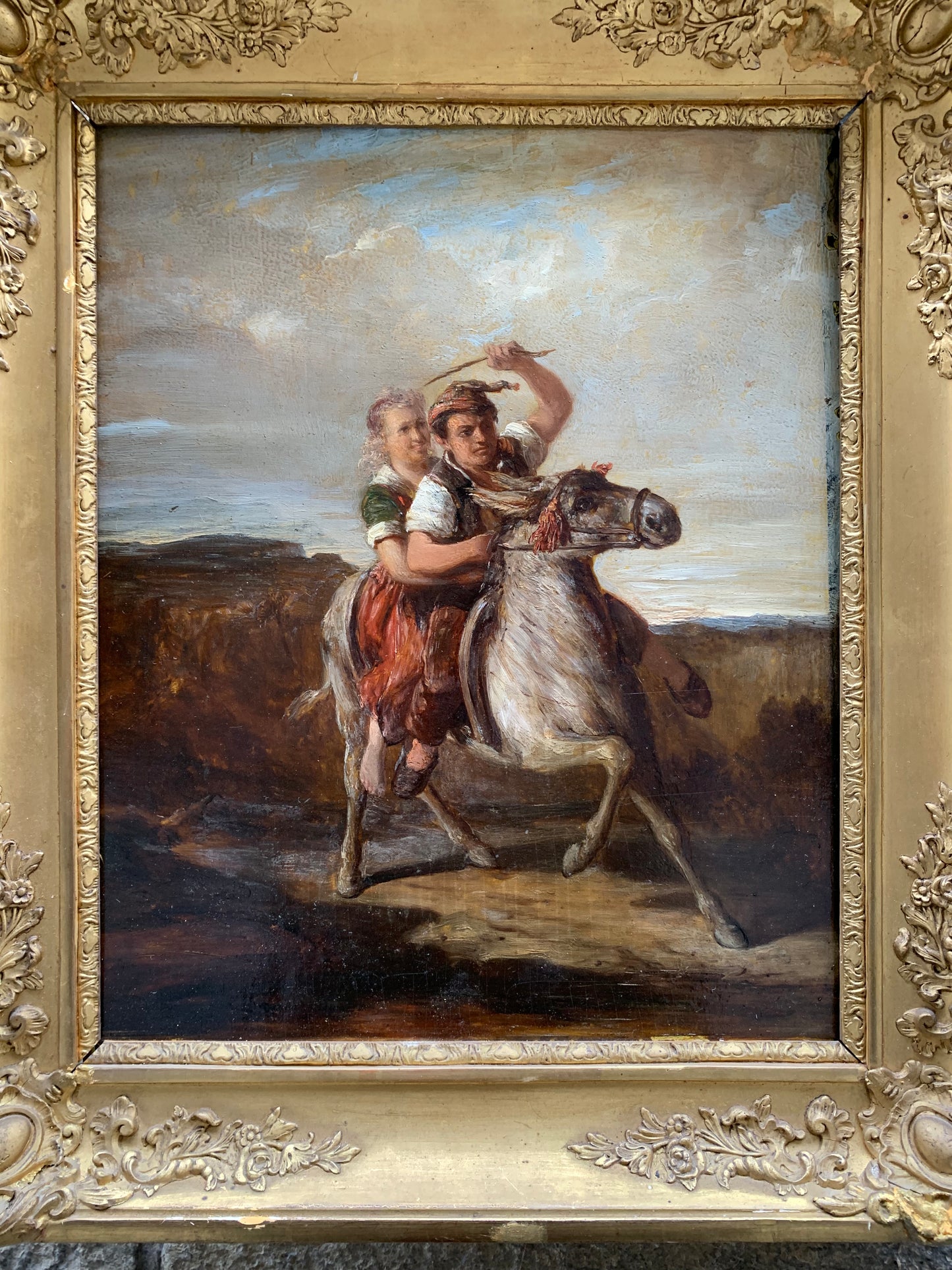
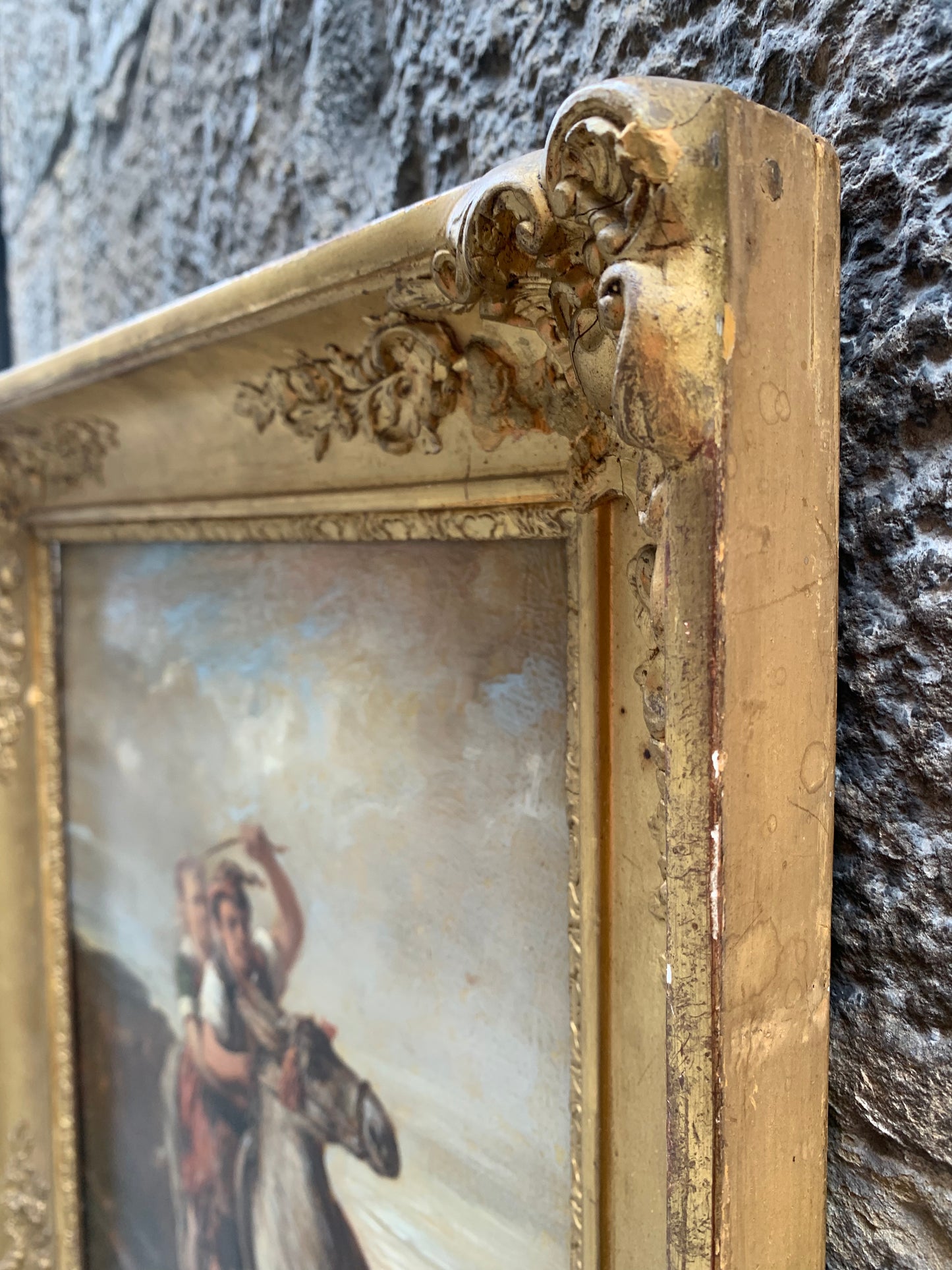
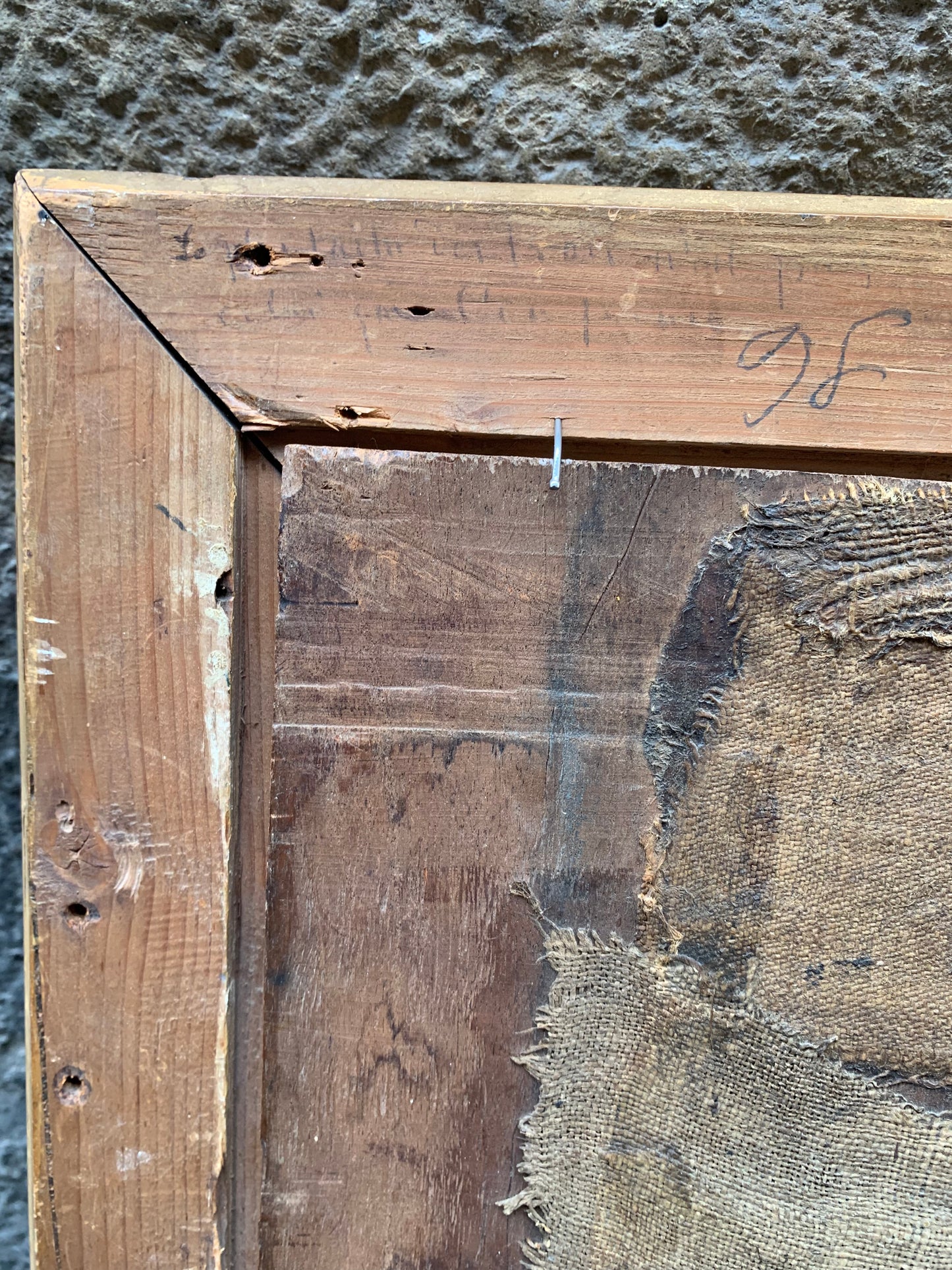
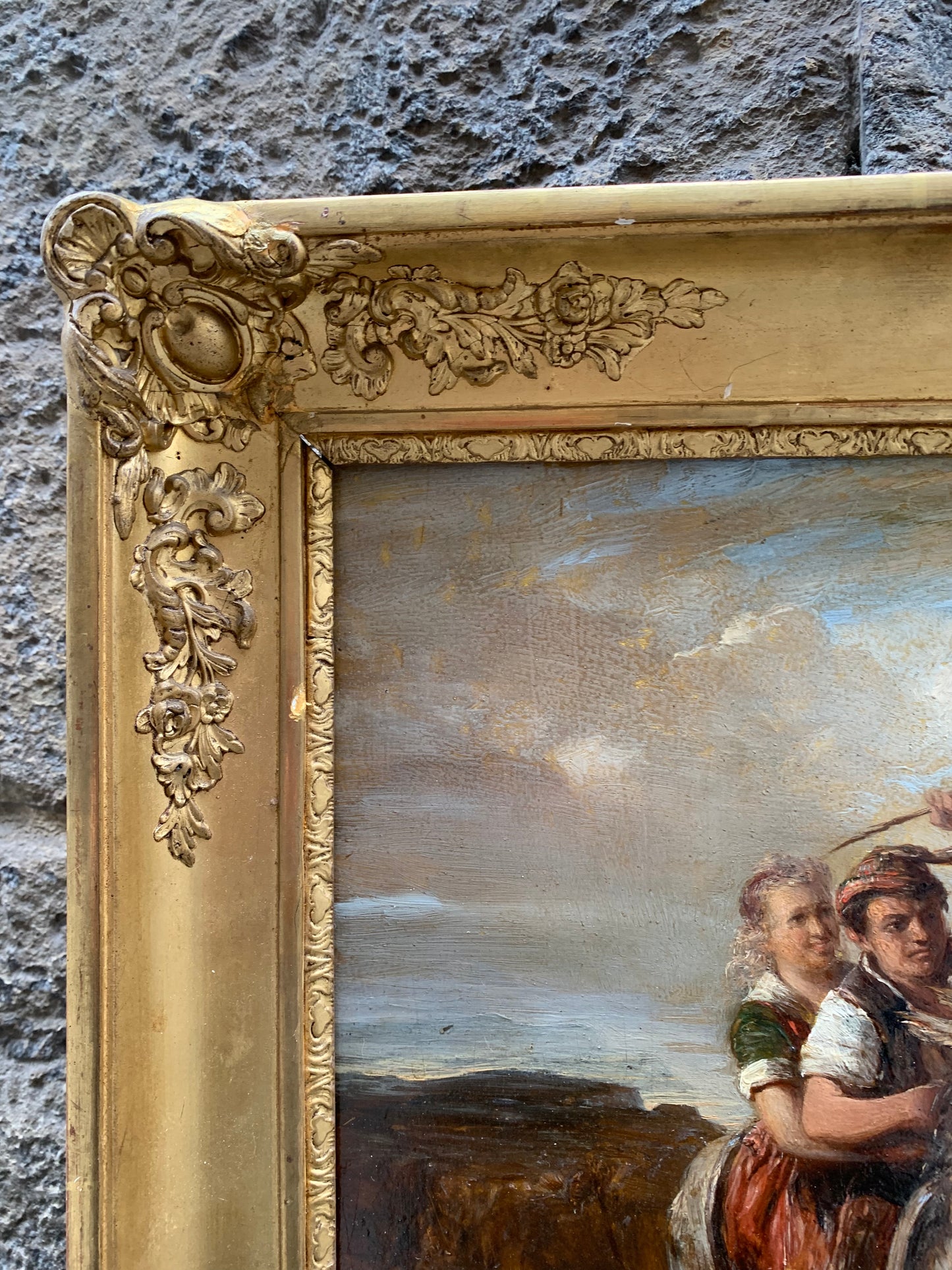
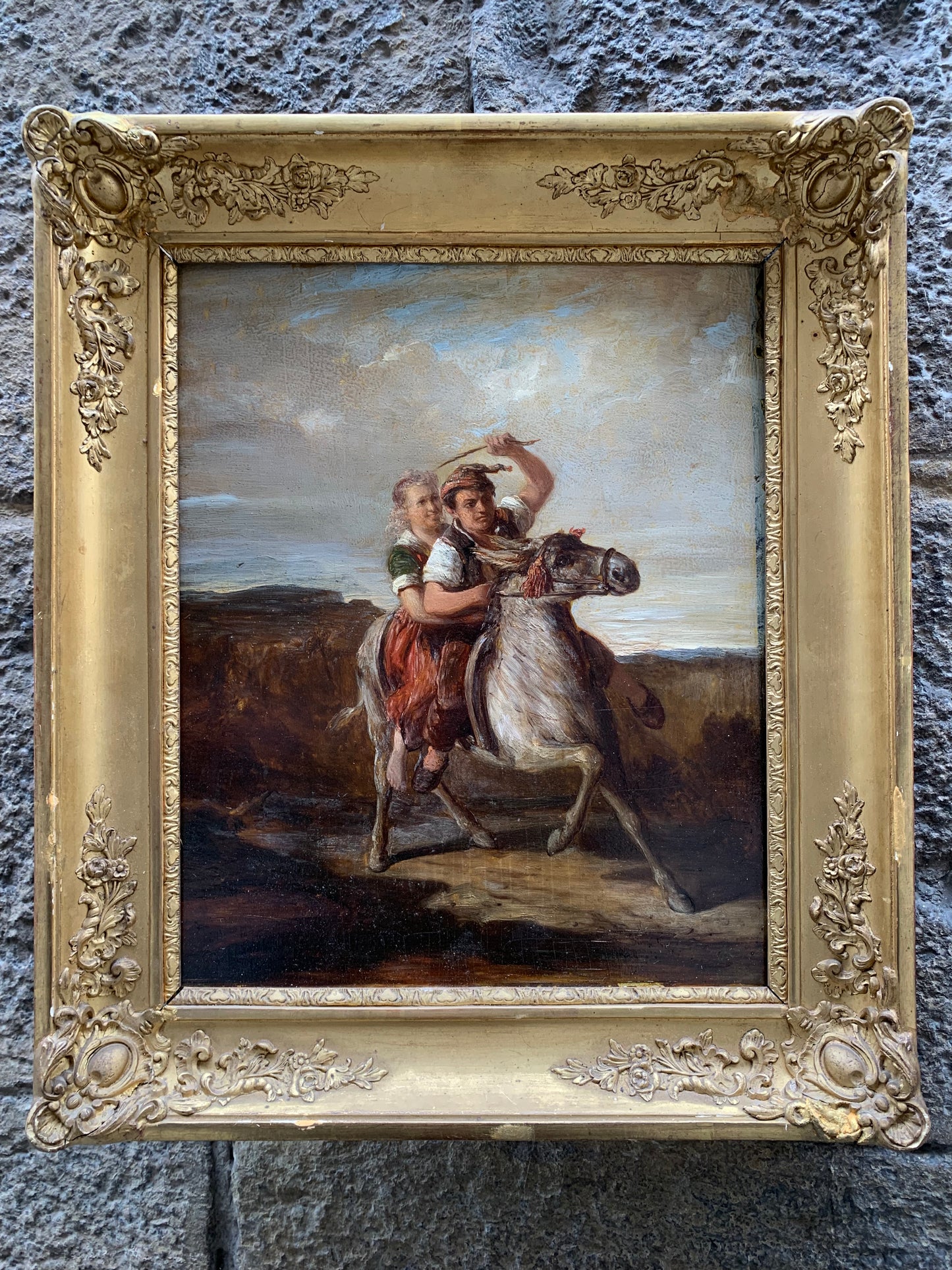
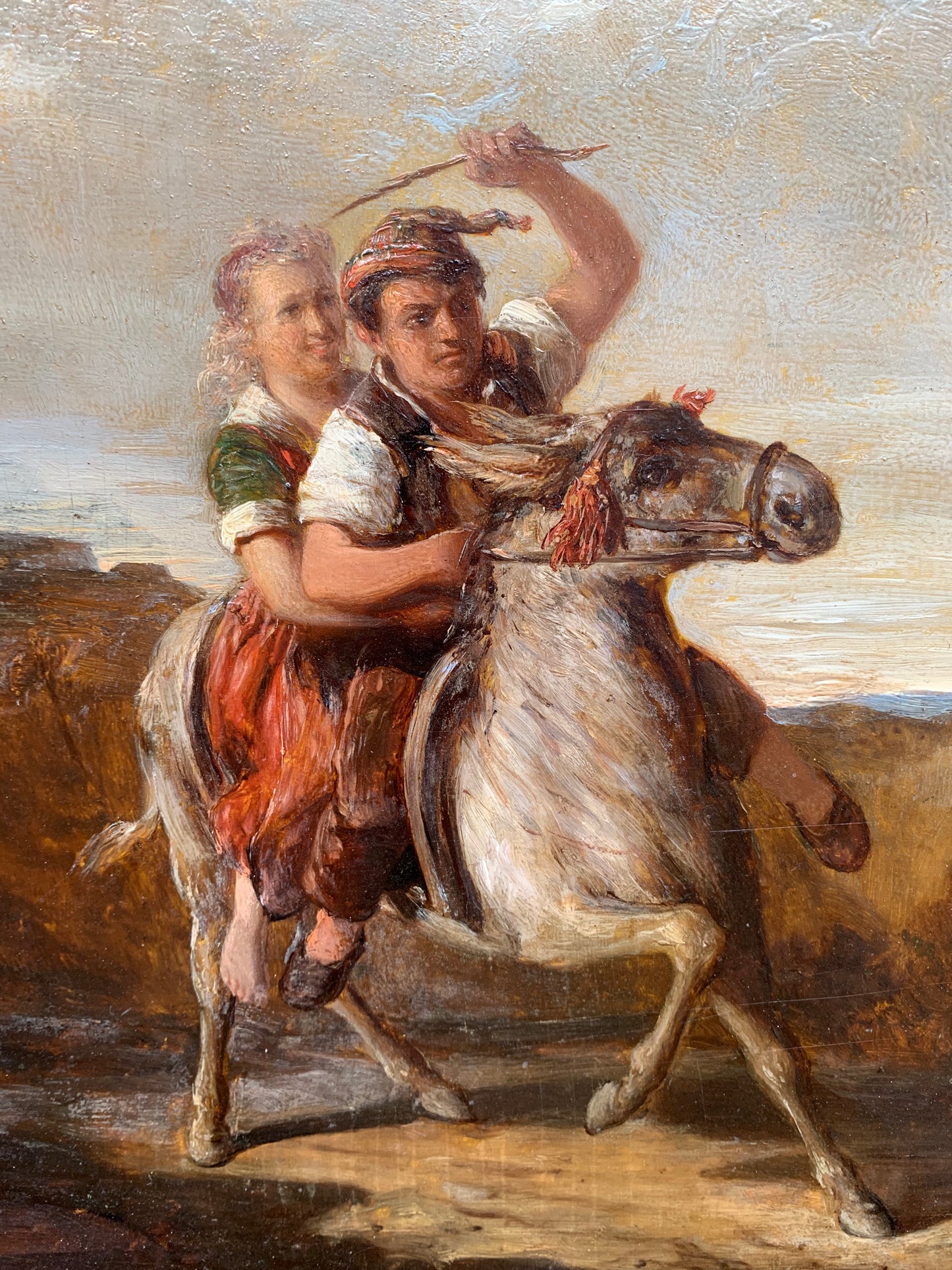
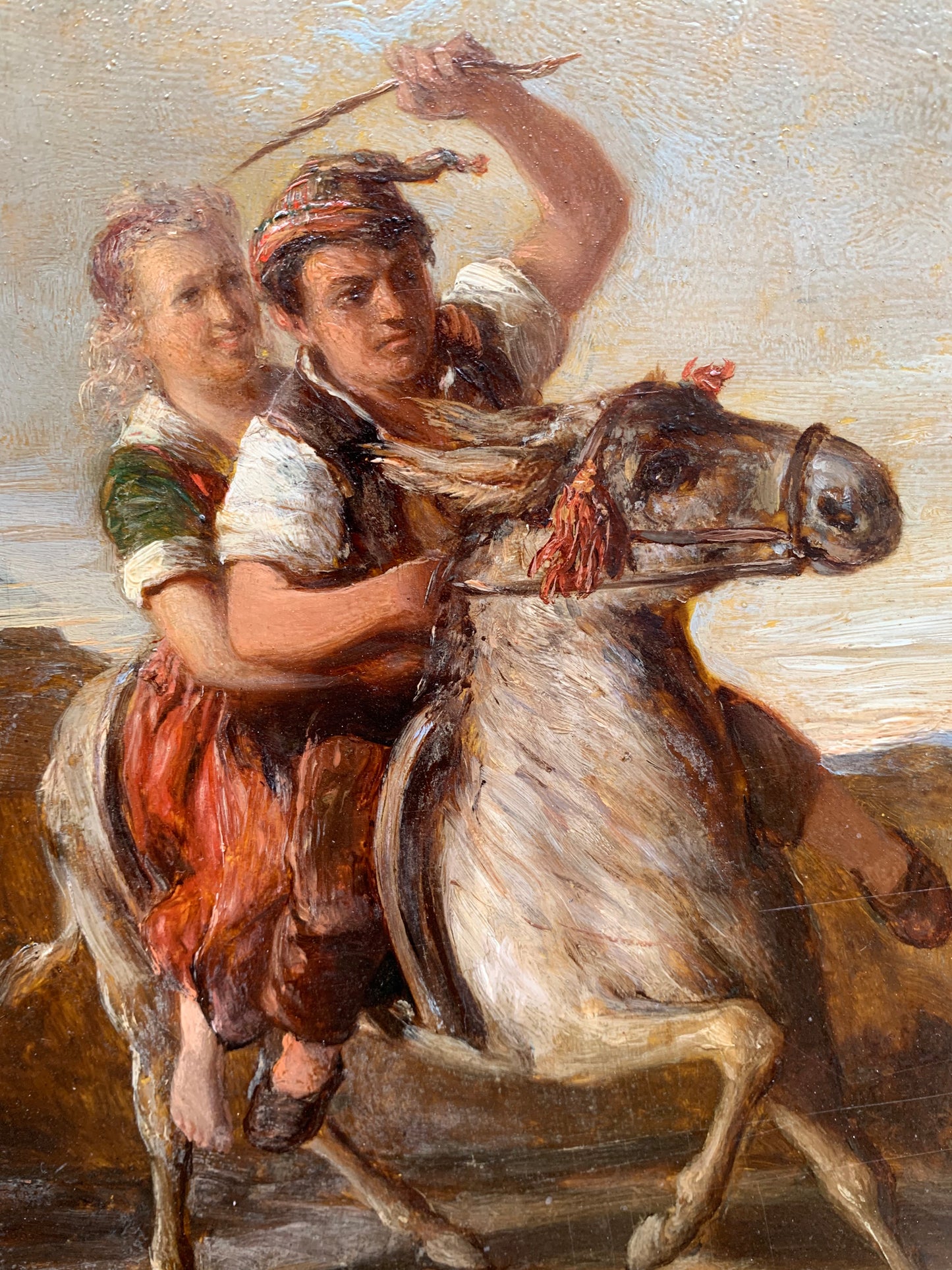
Image with text
Pair text with an image to focus on your chosen product, collection, or blog post. Add details on availability, style, or even provide a review.
